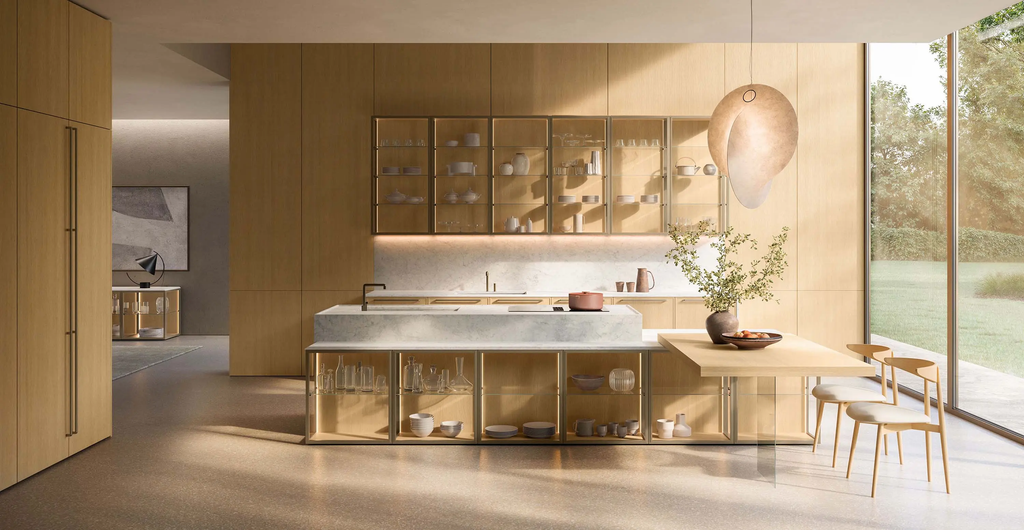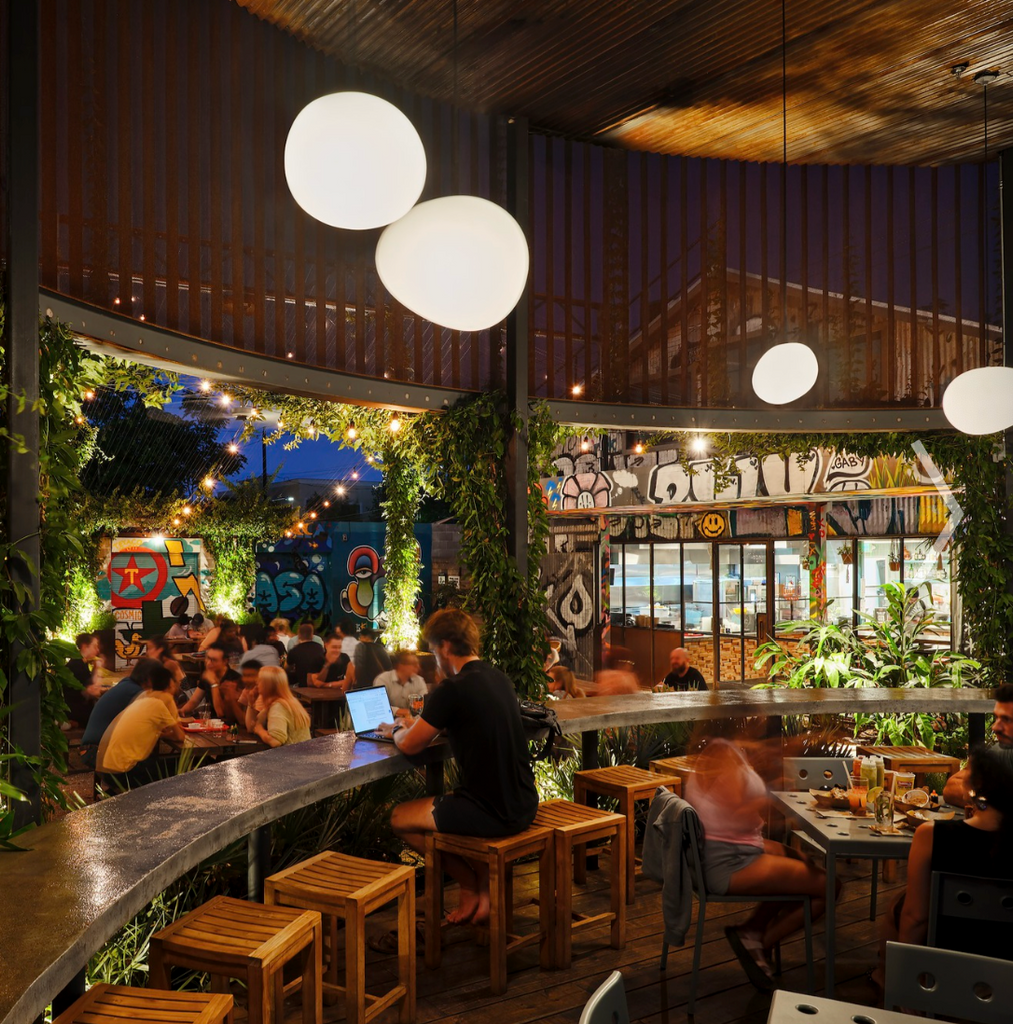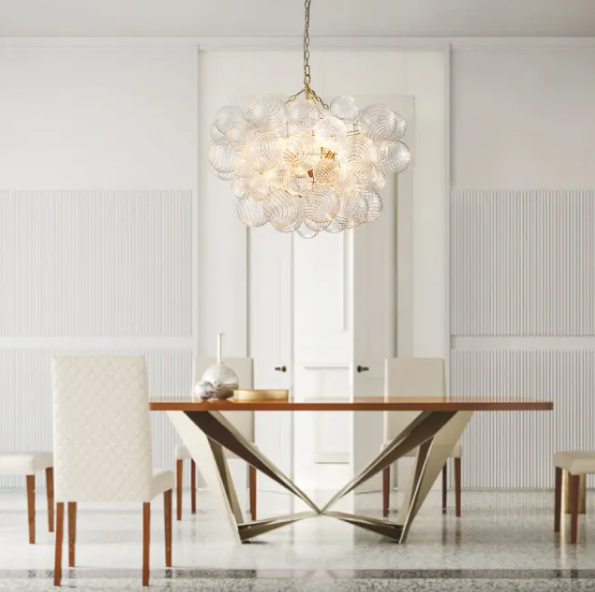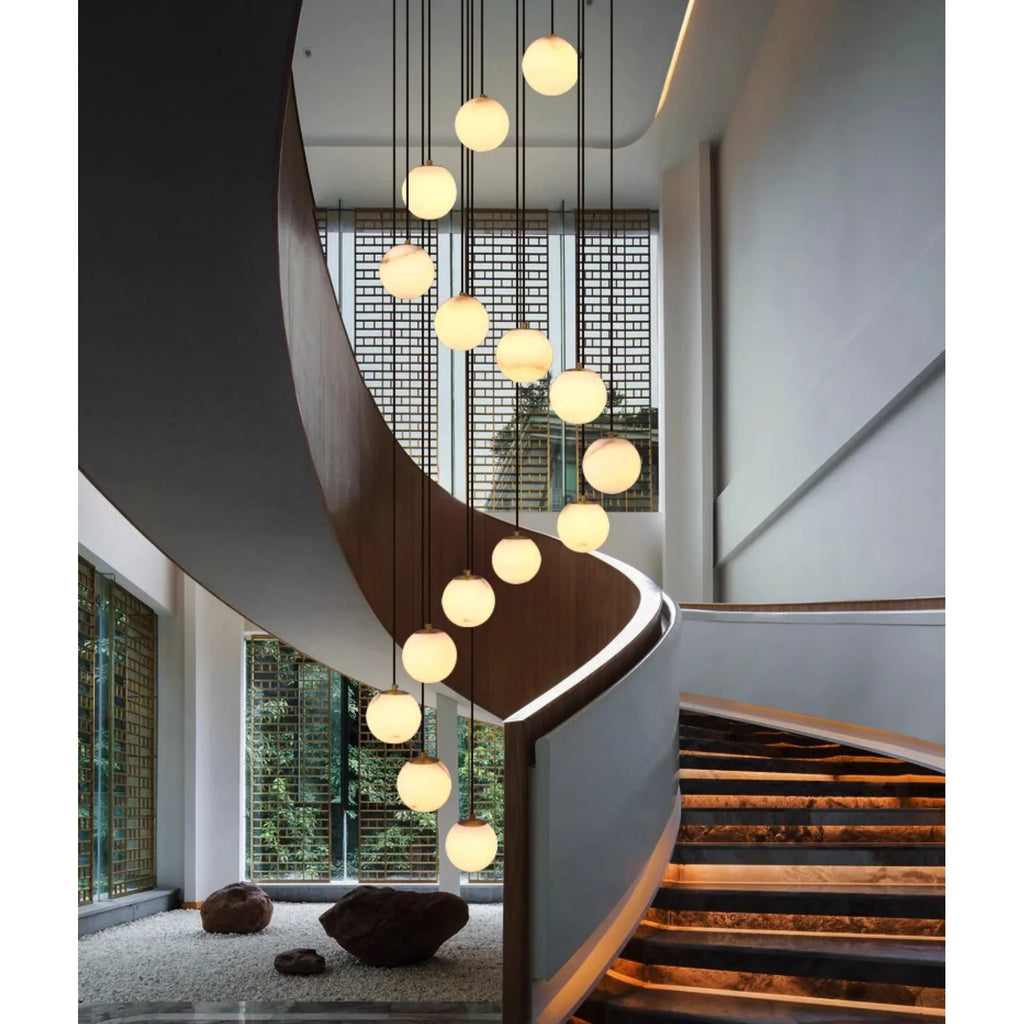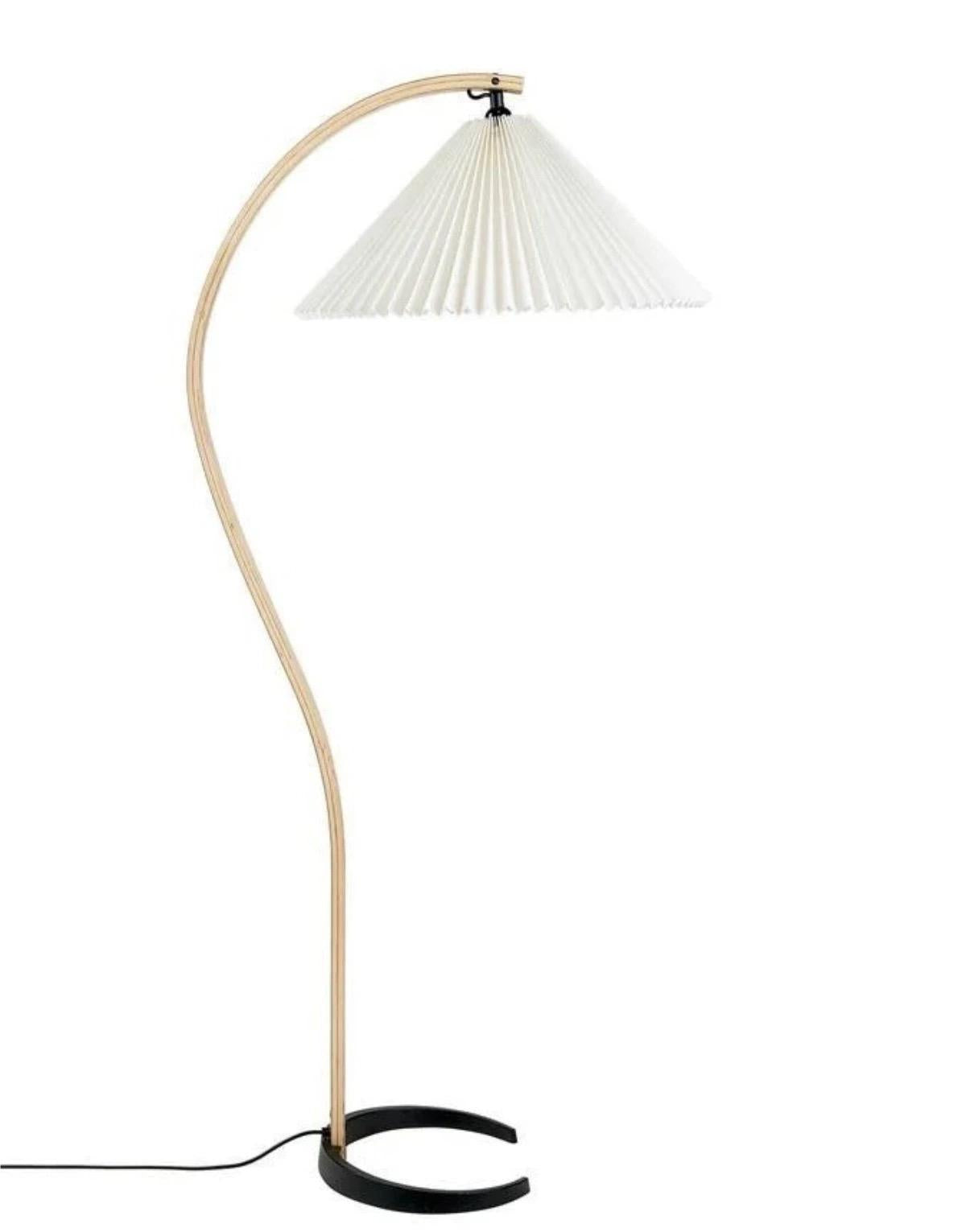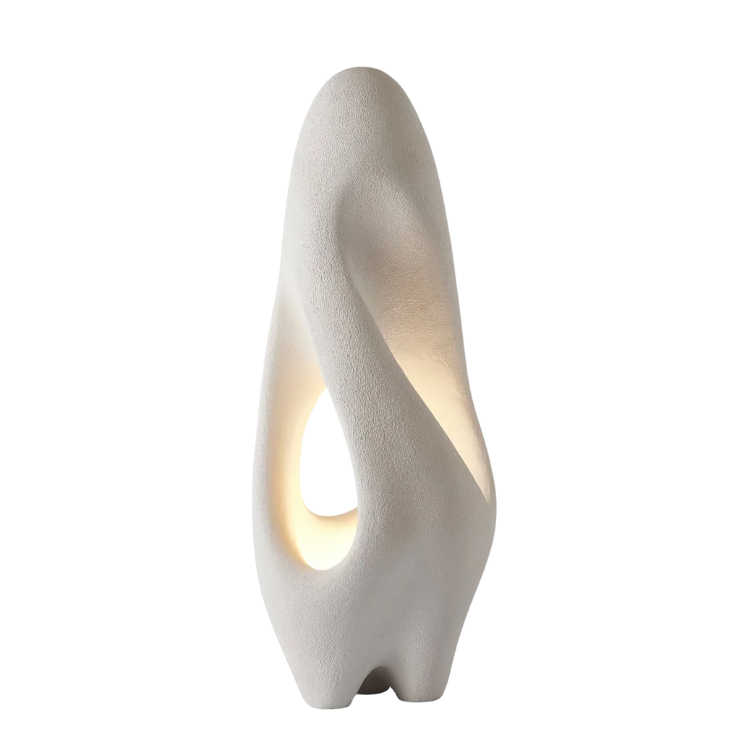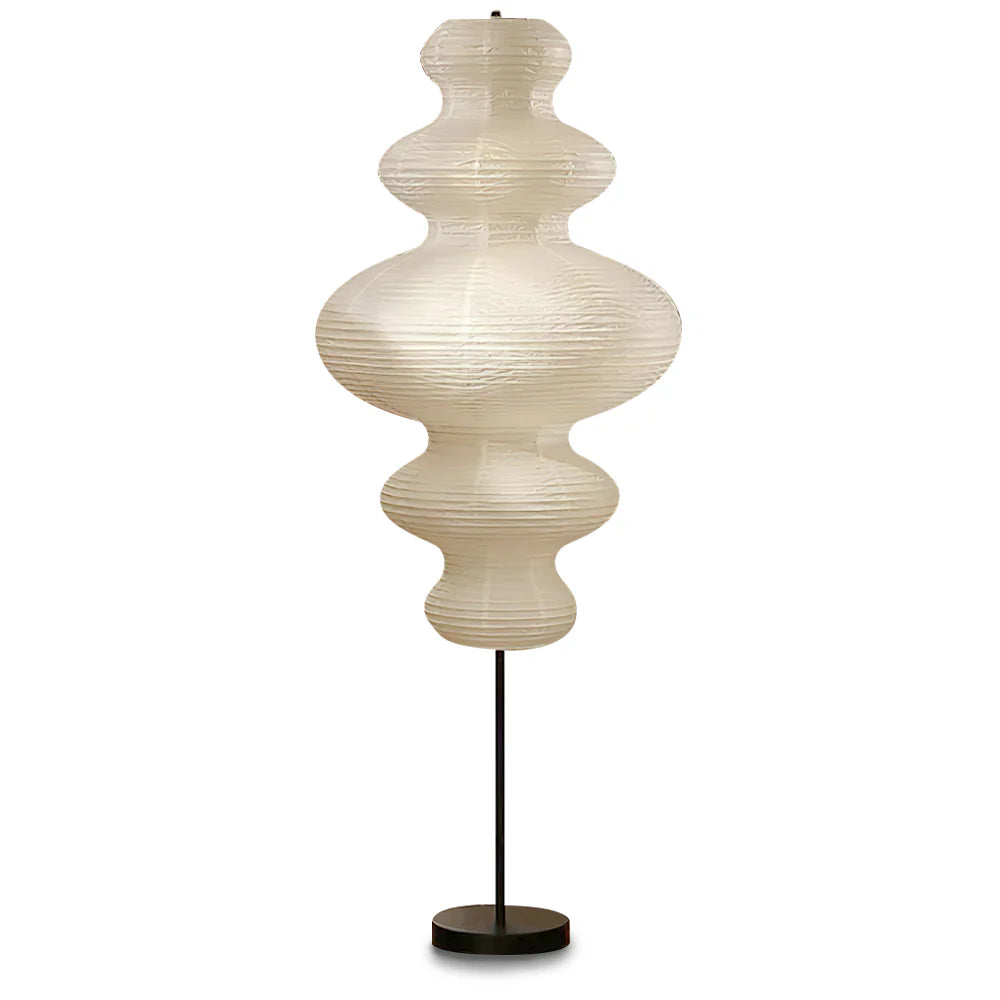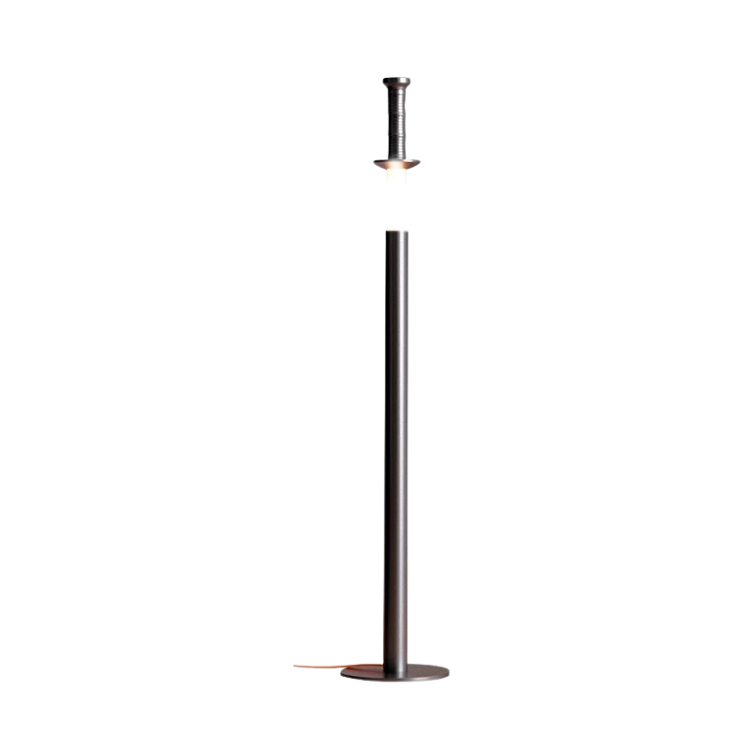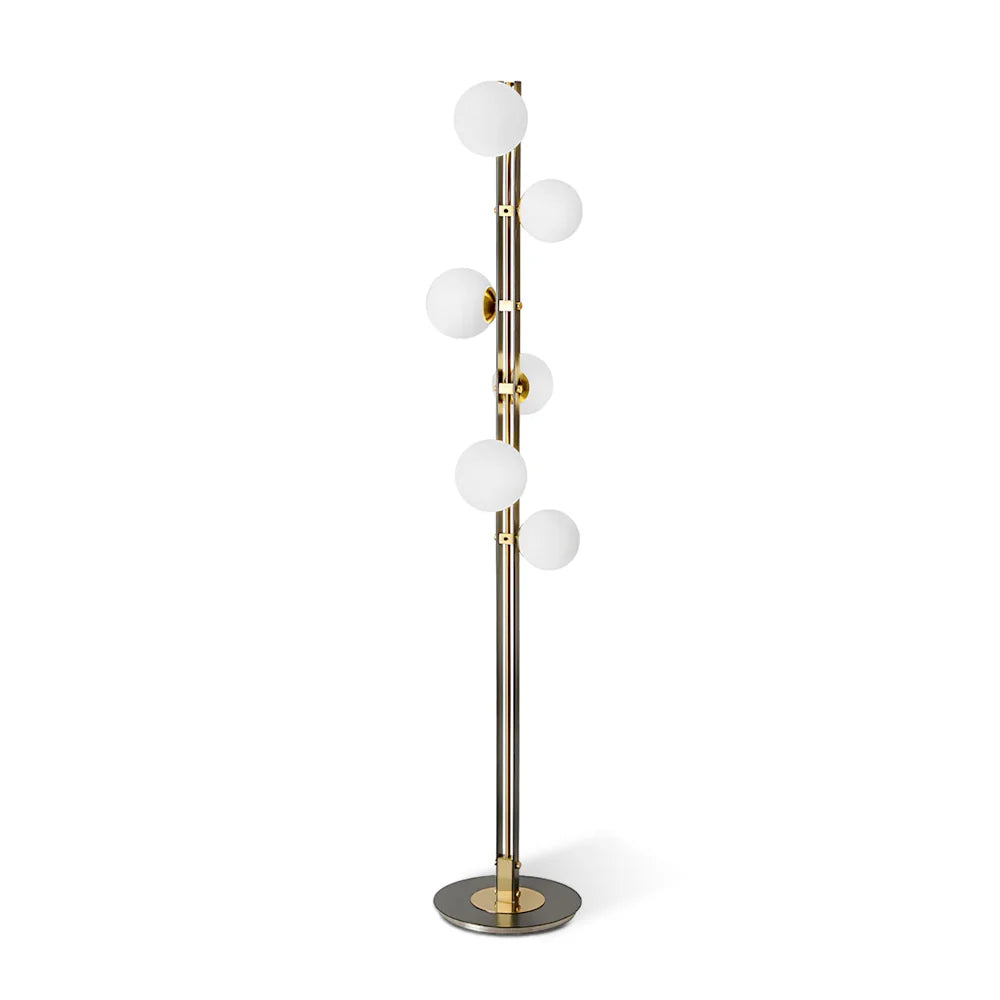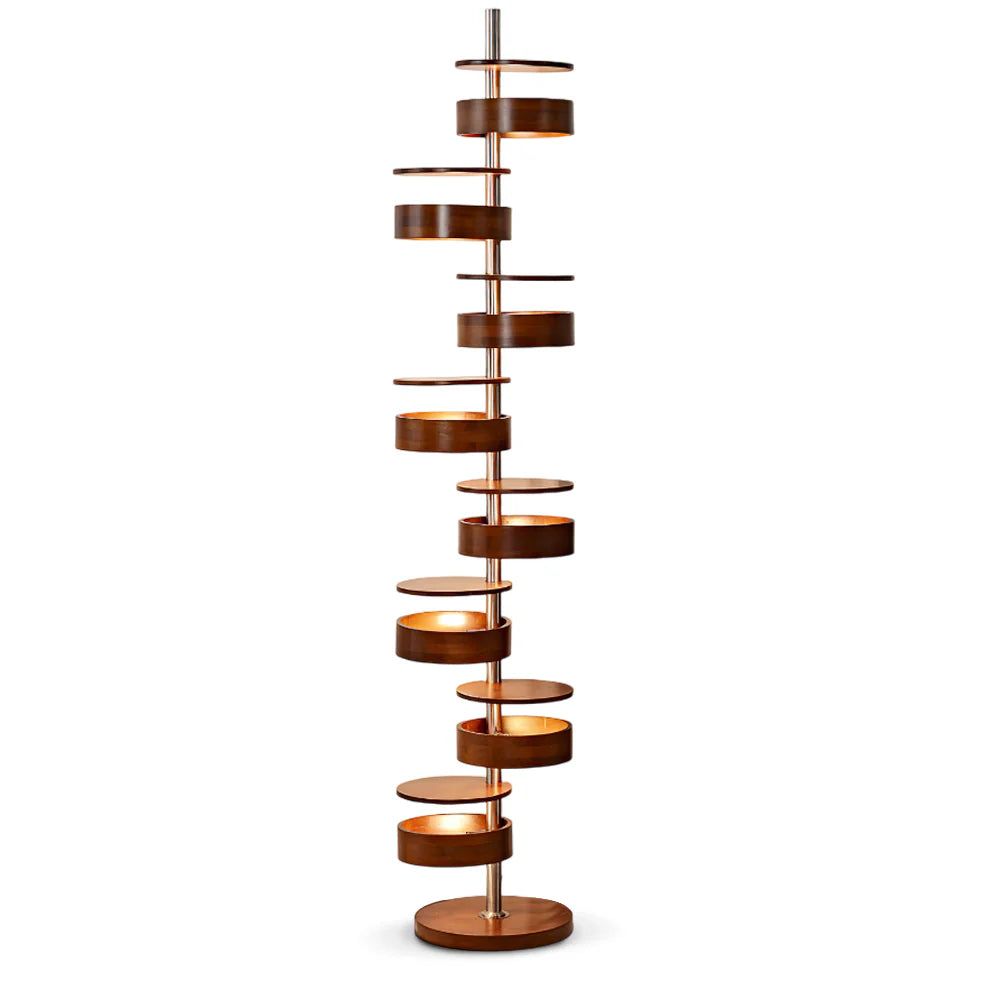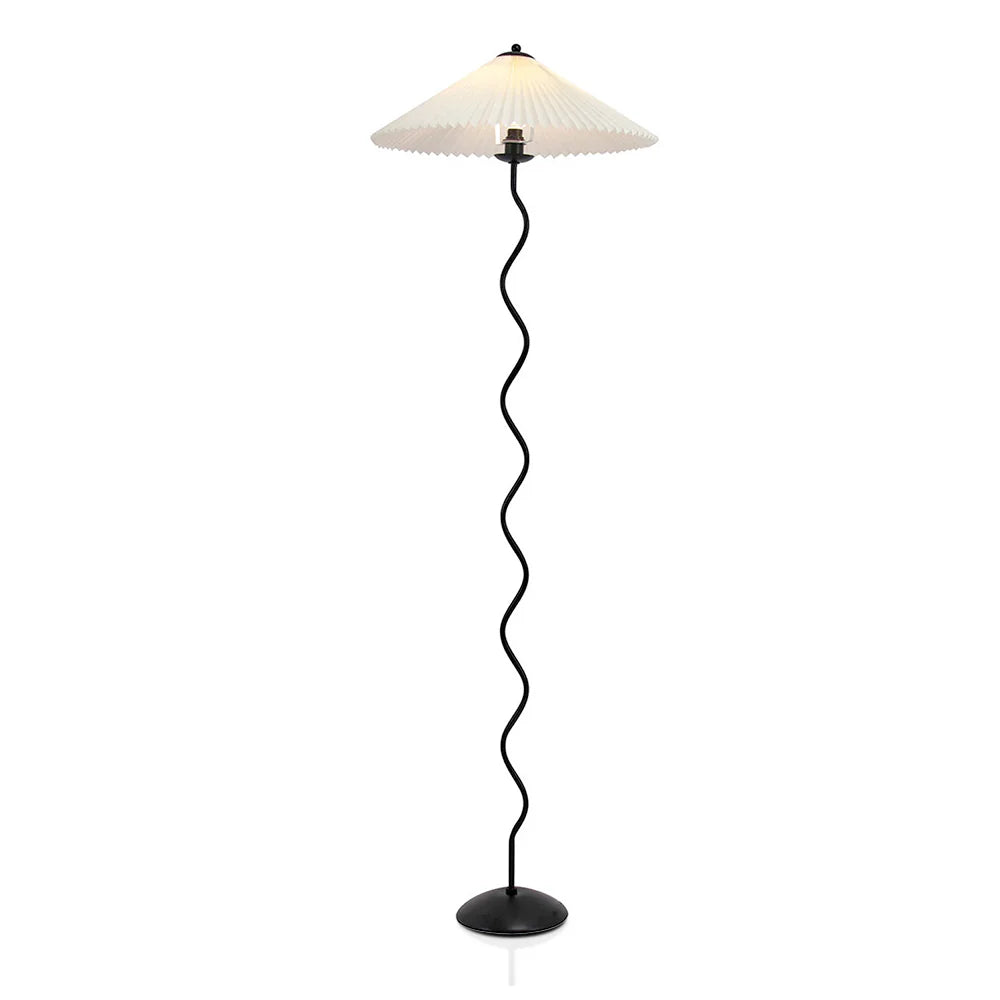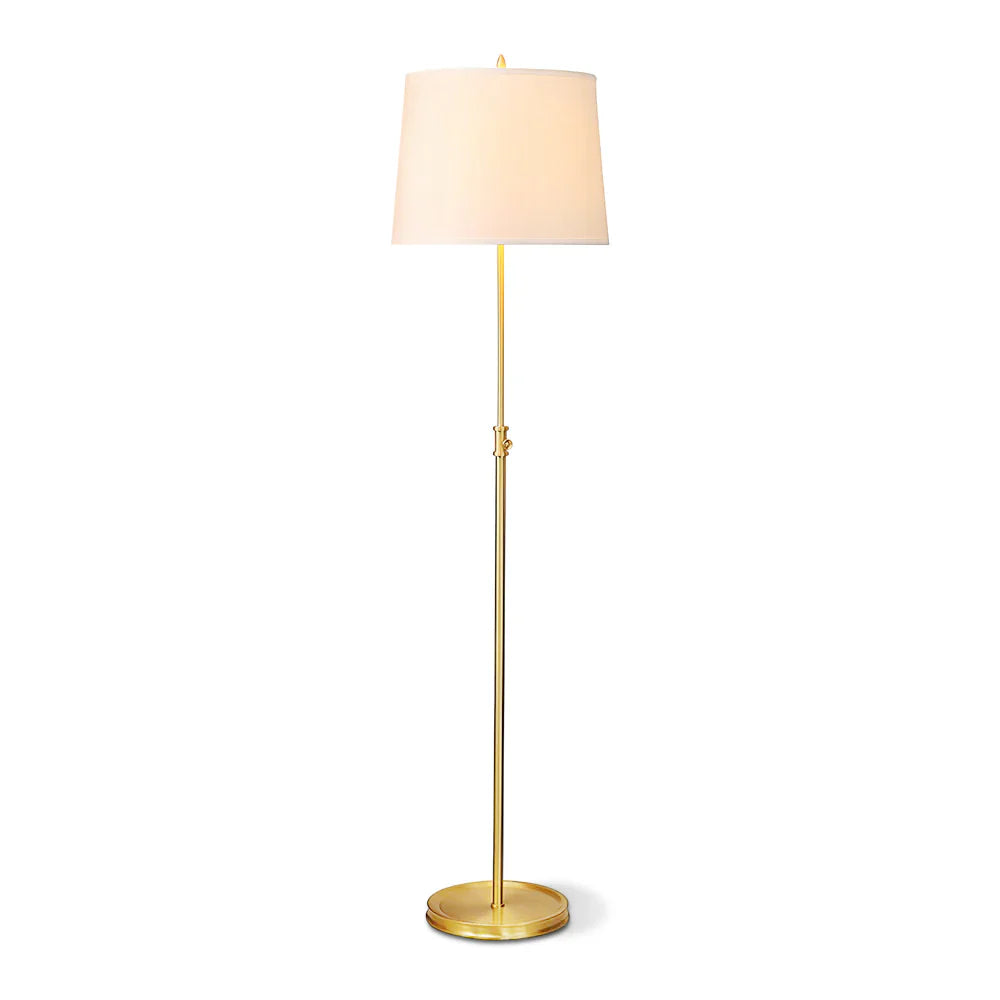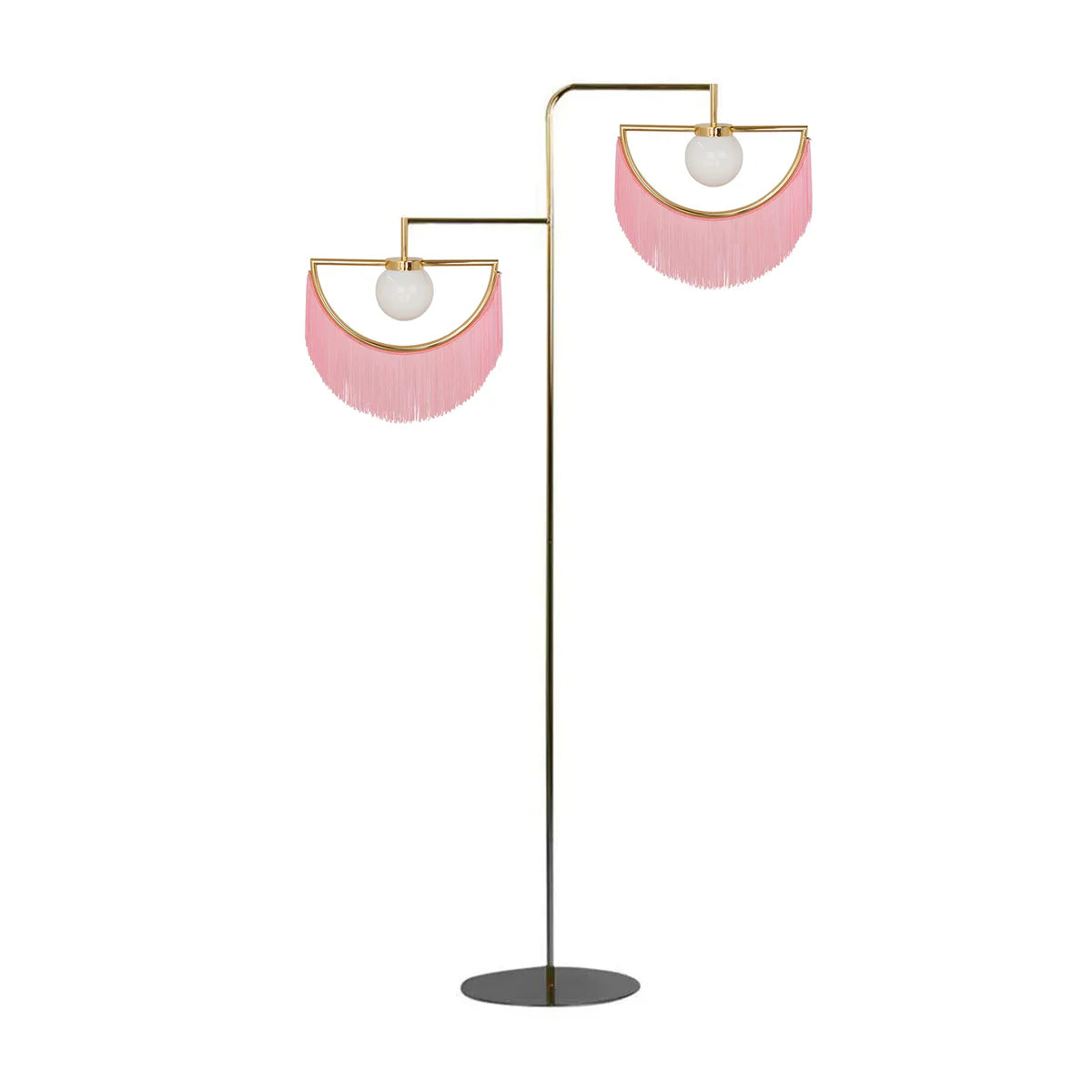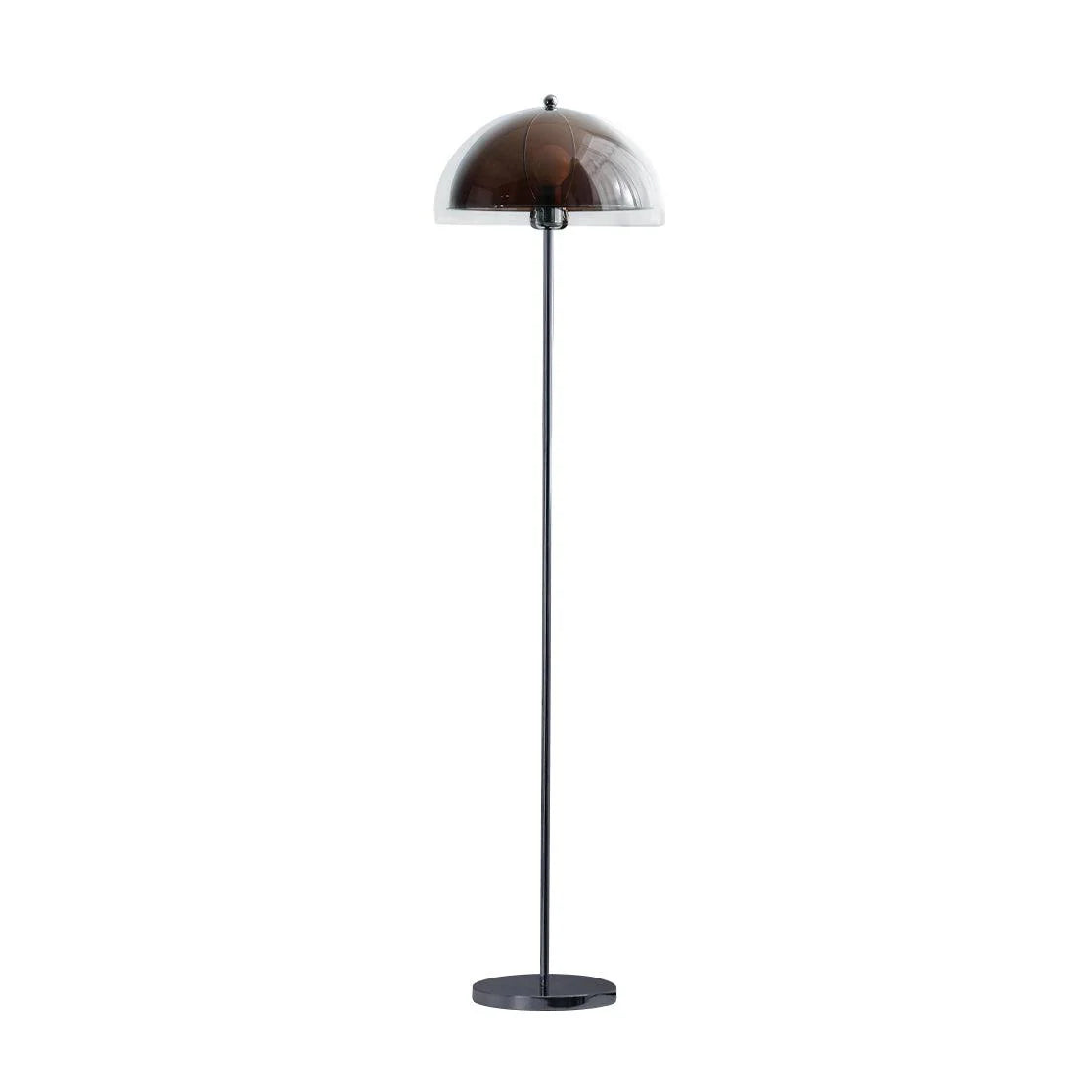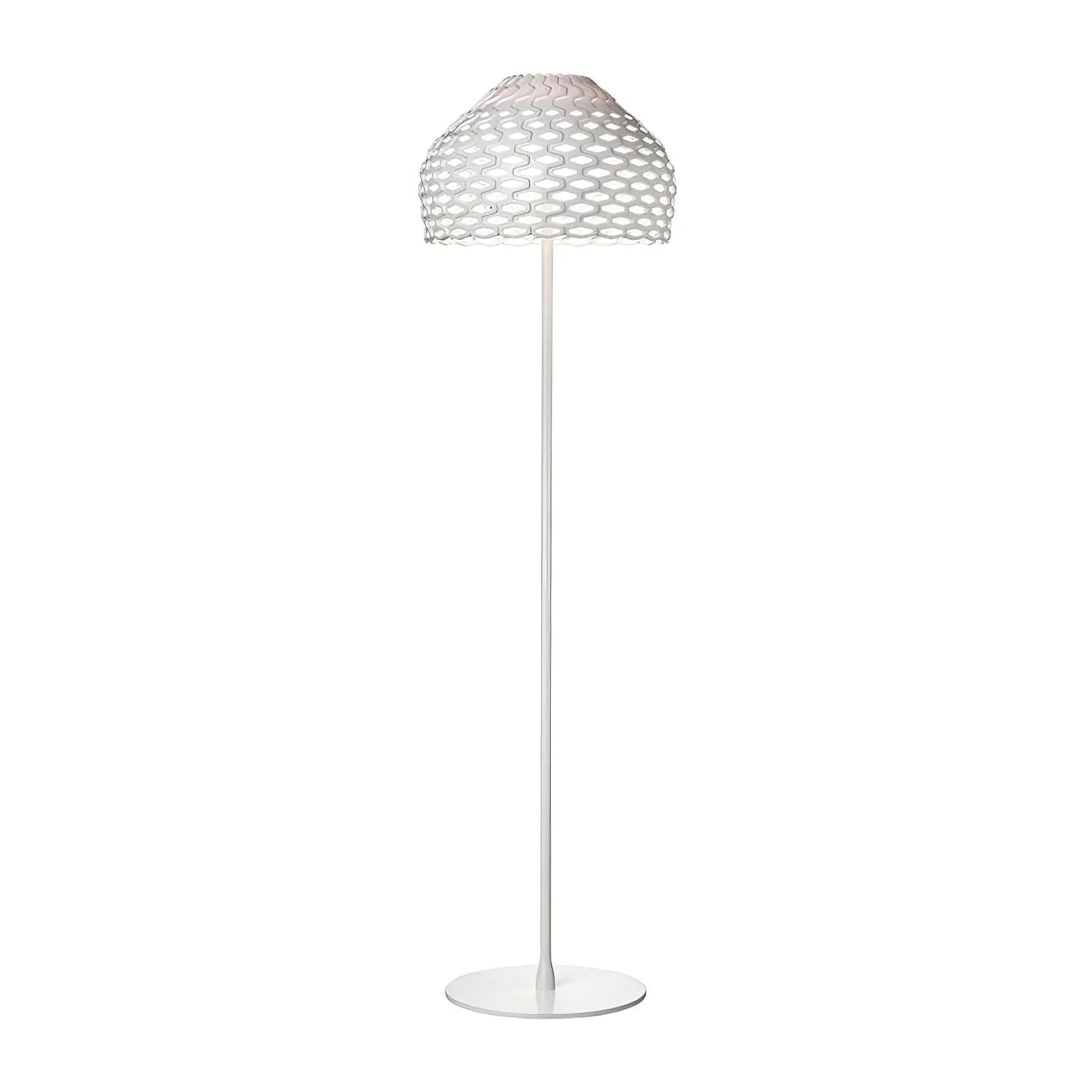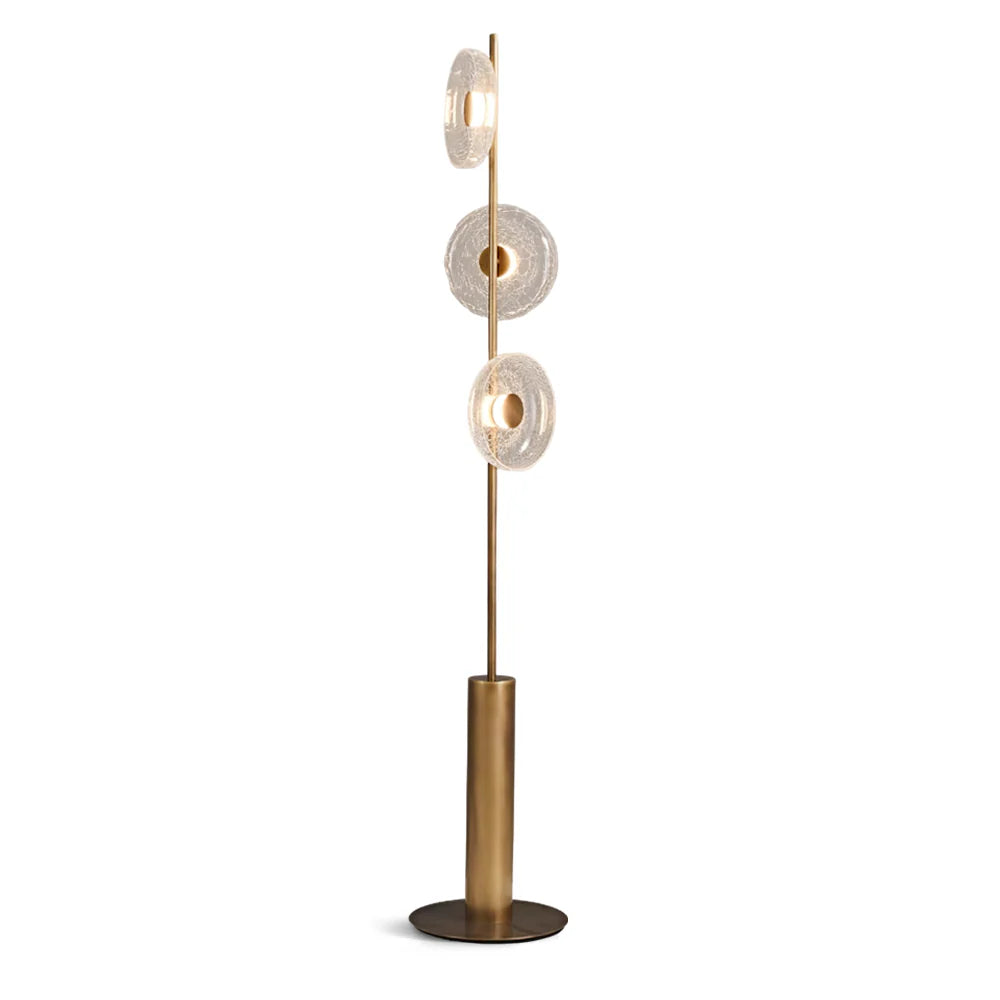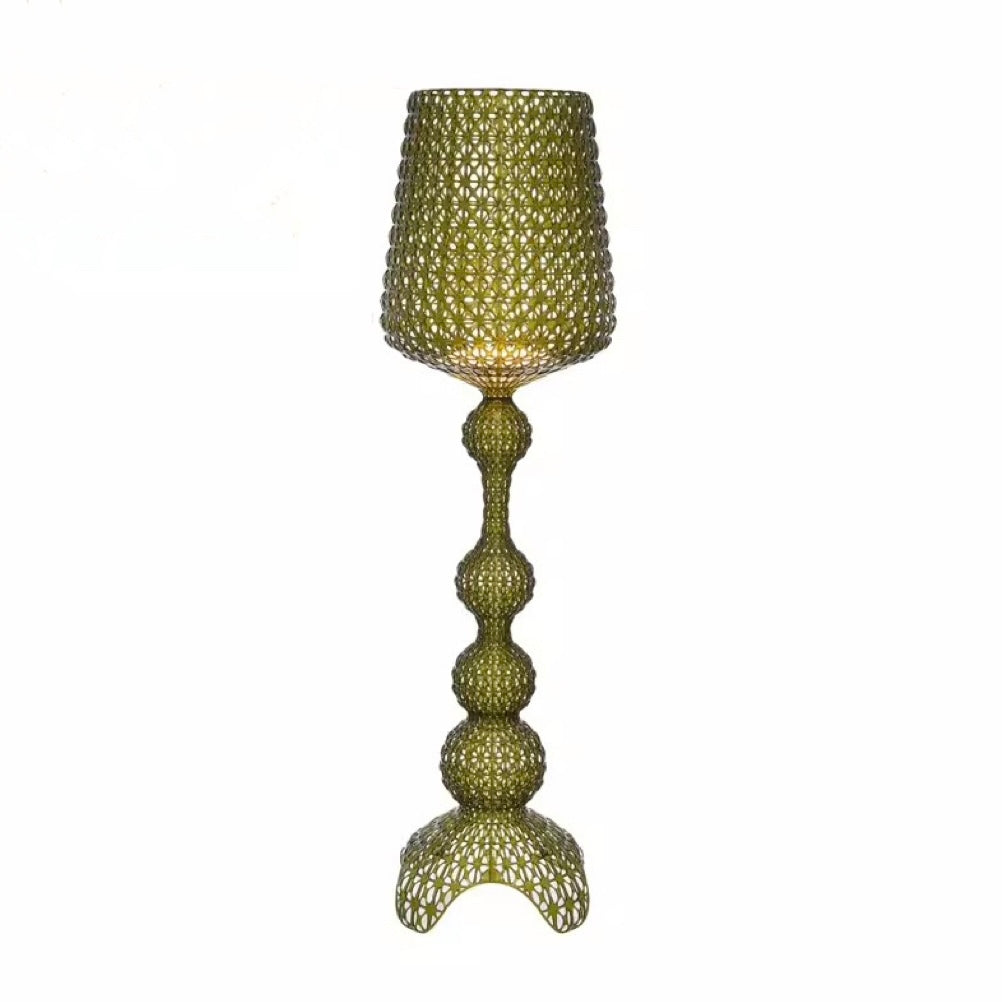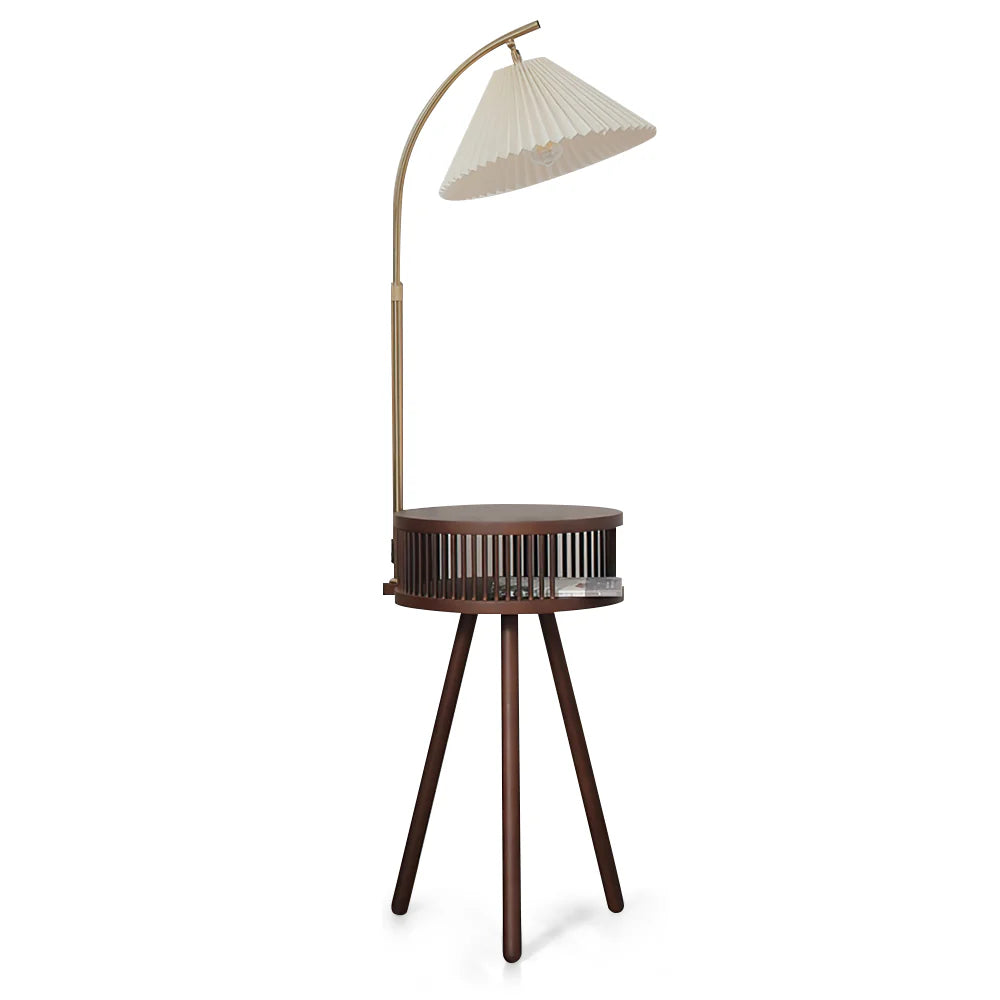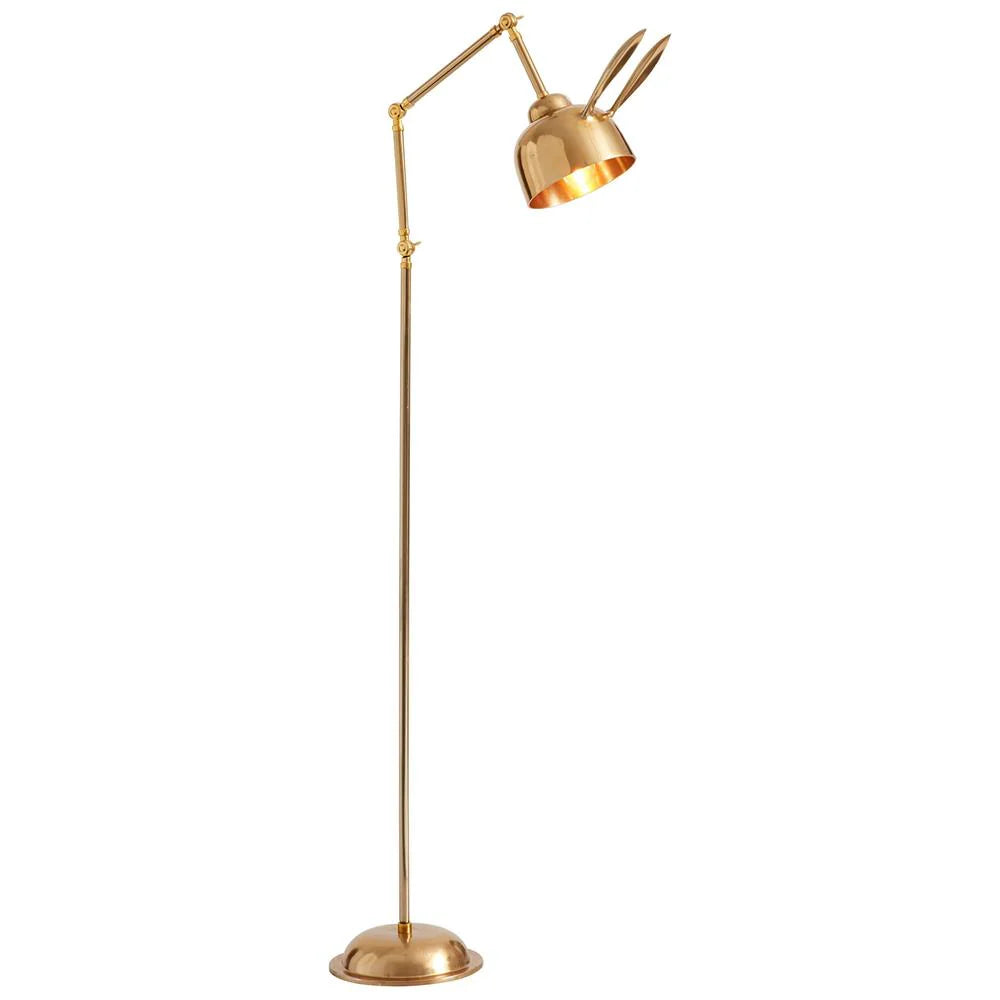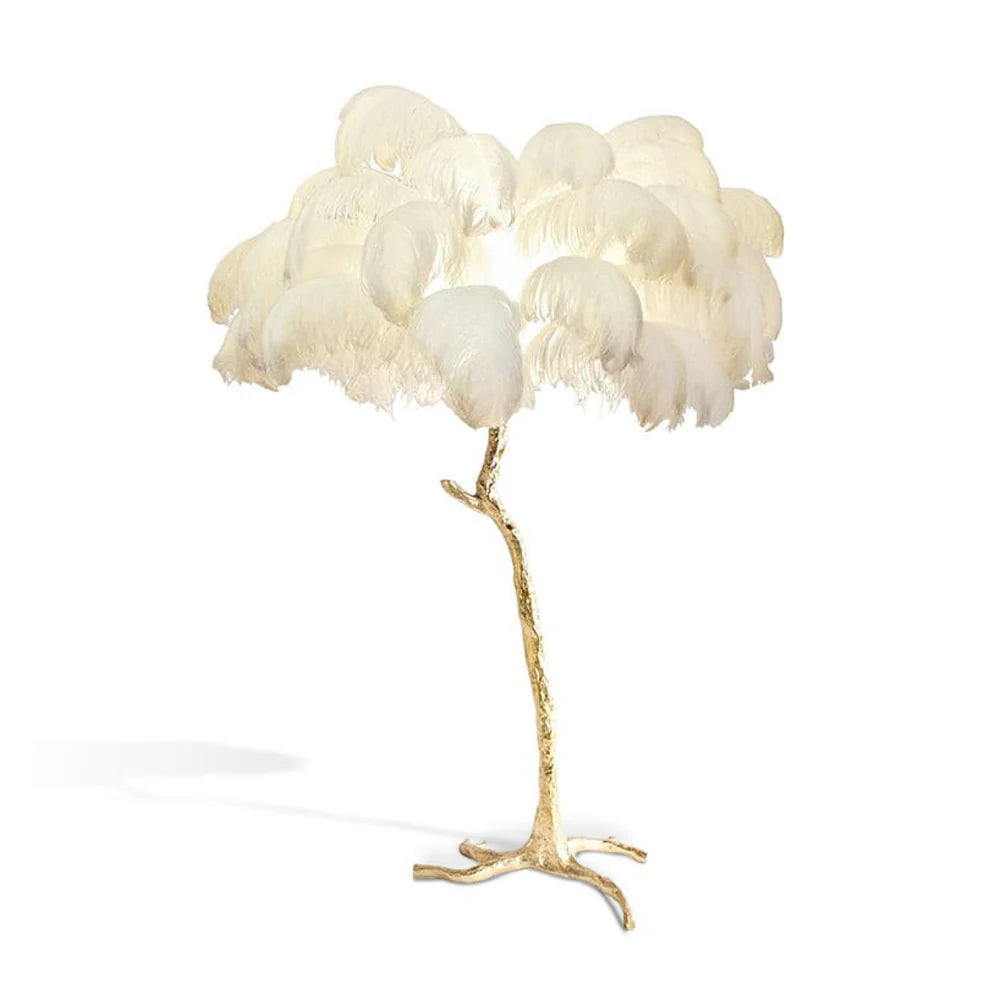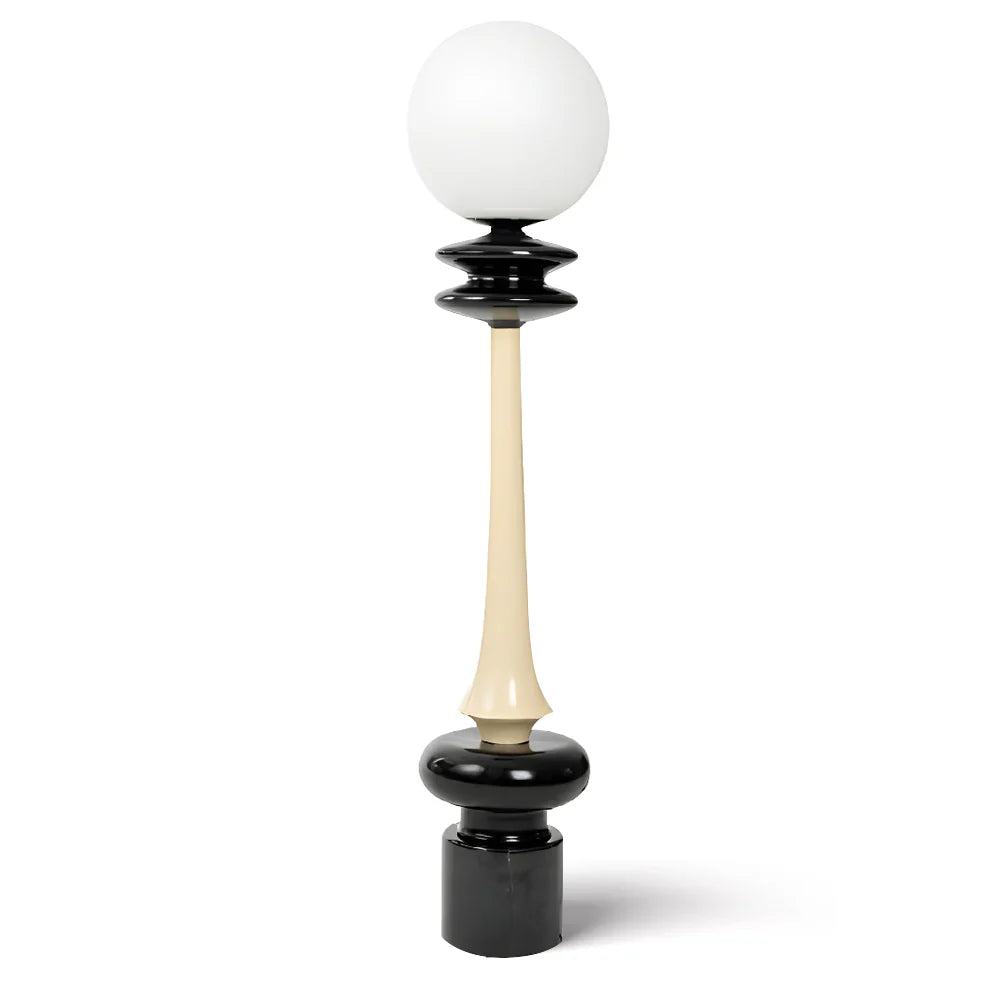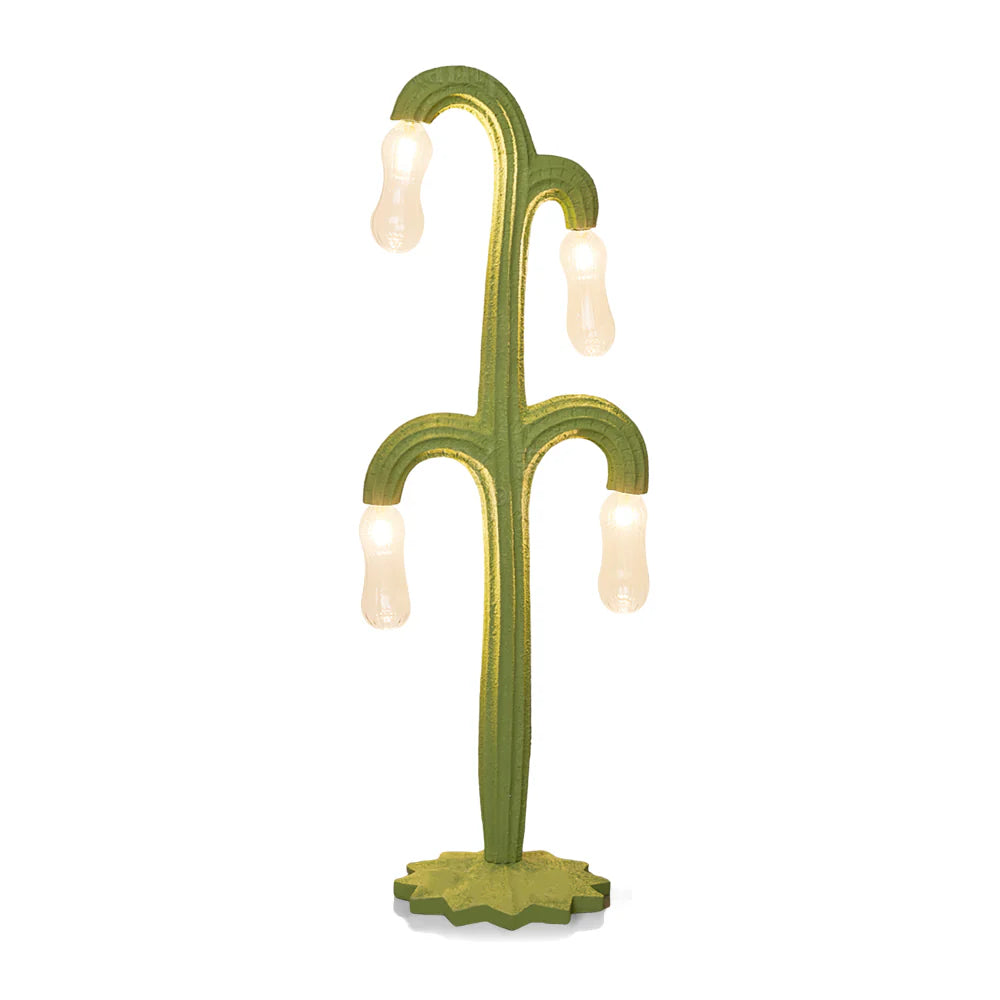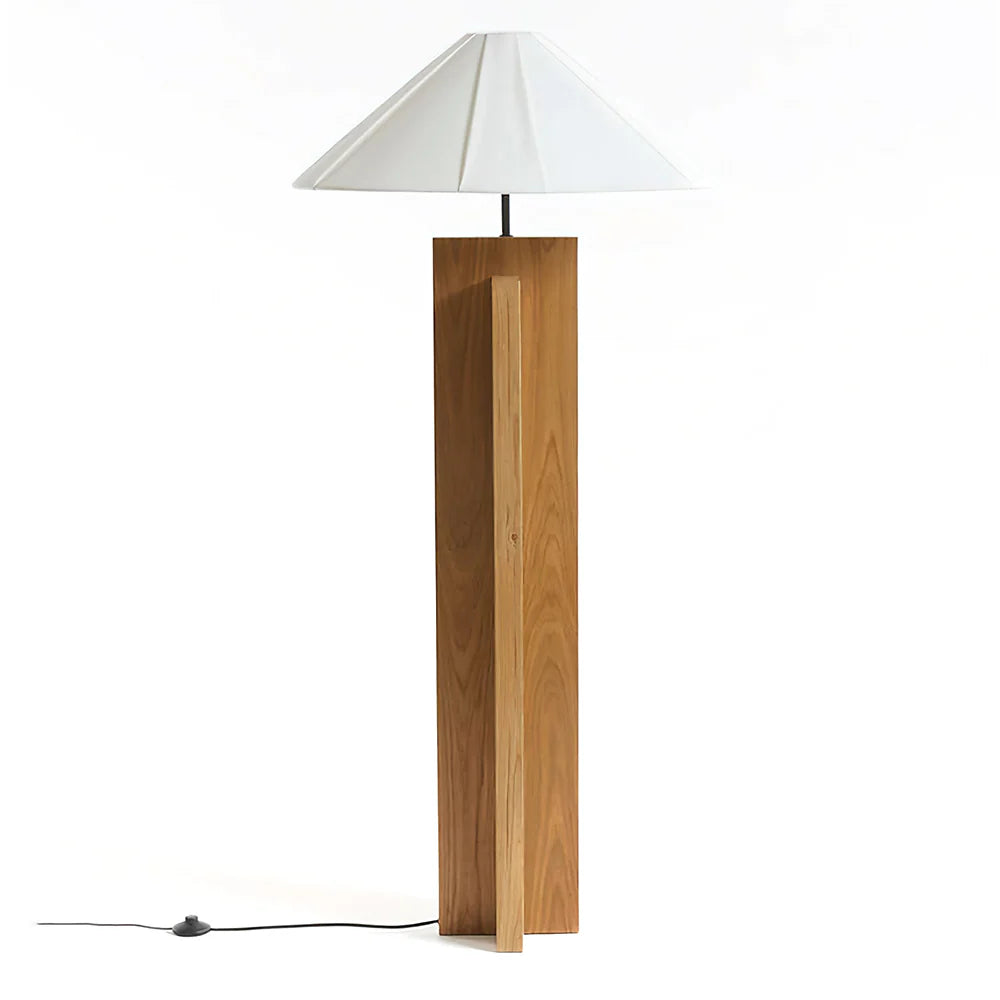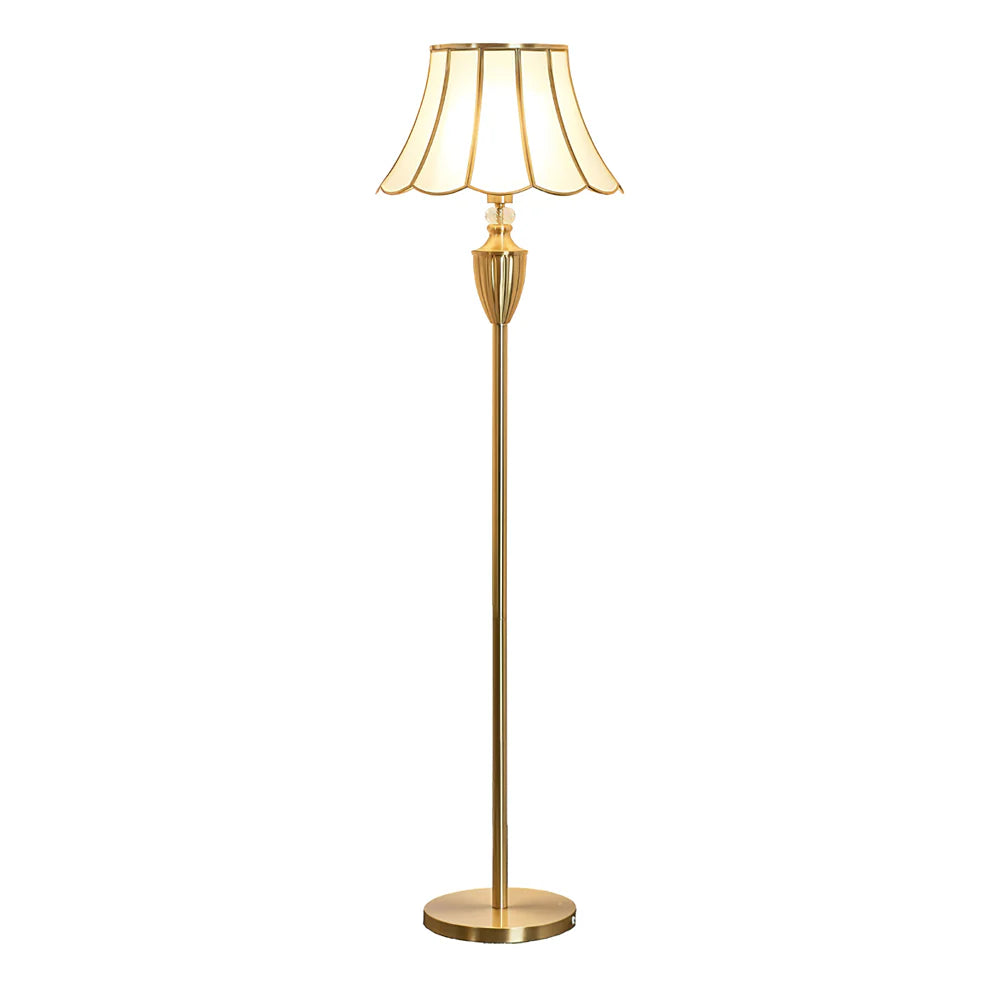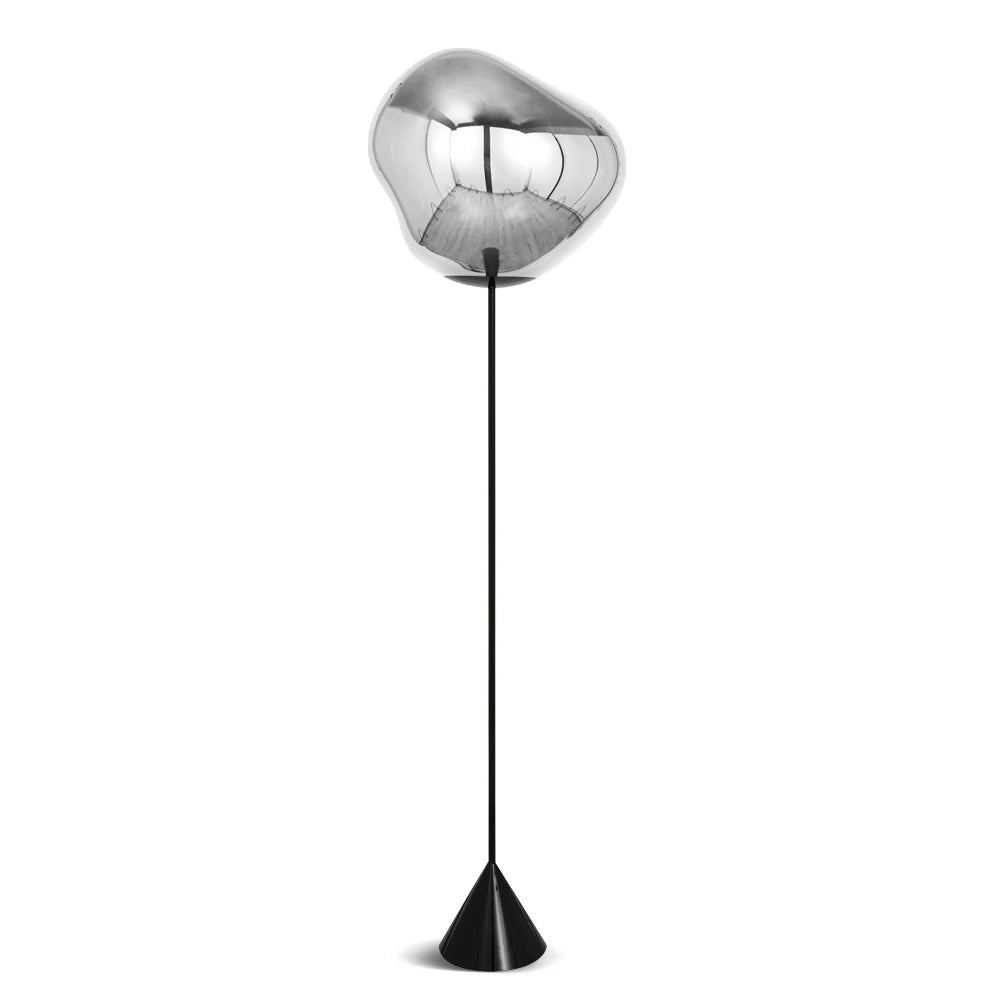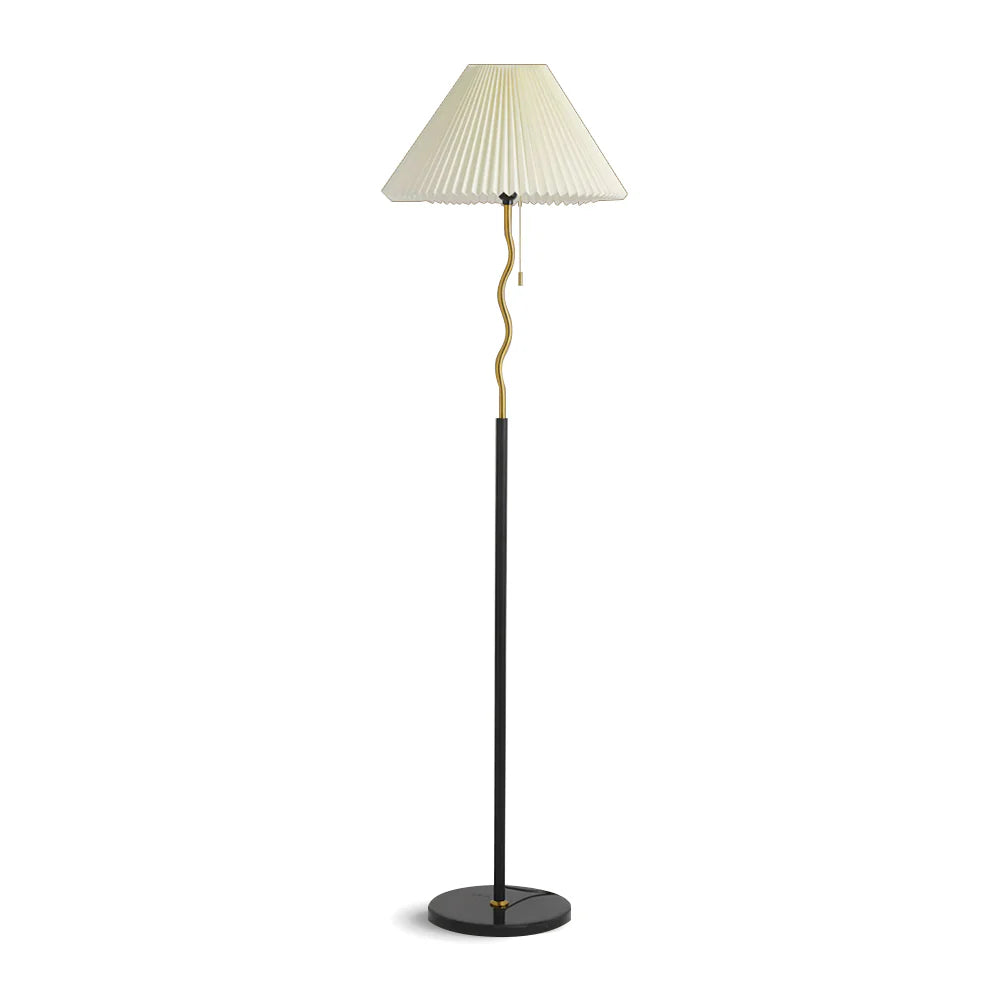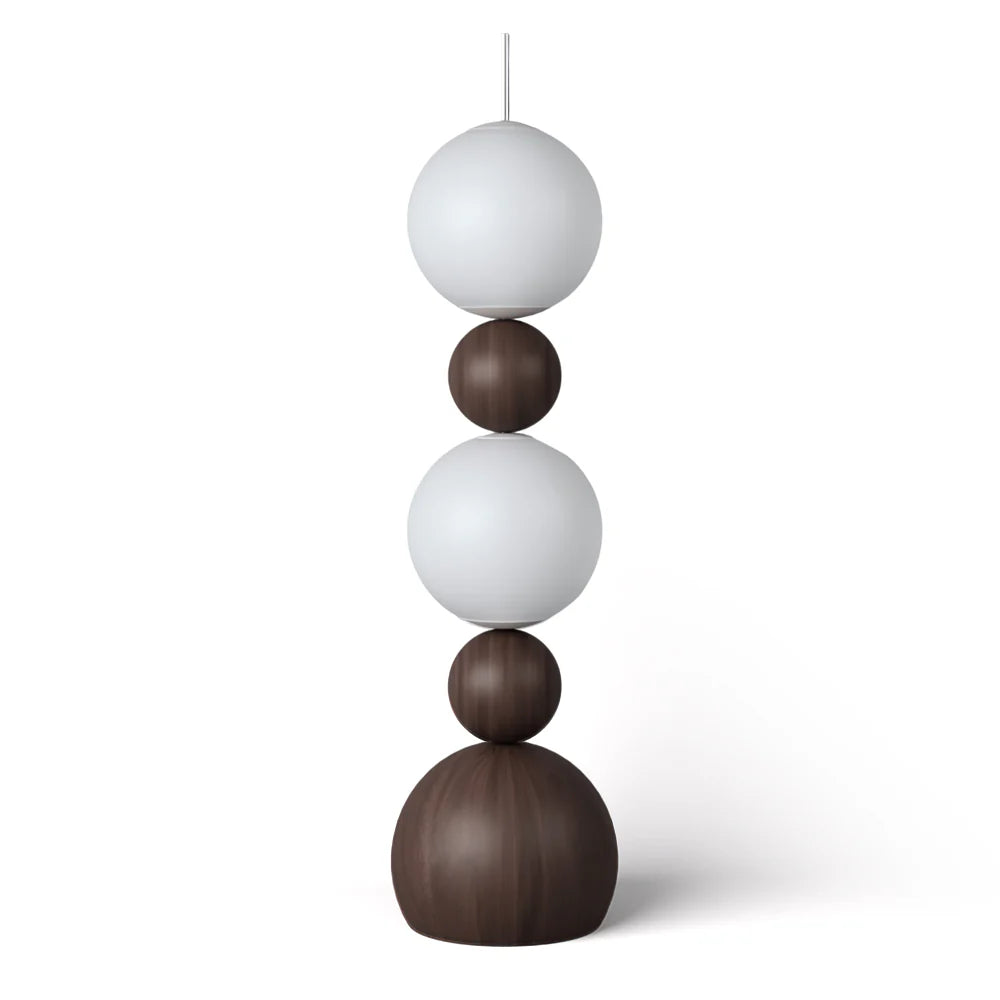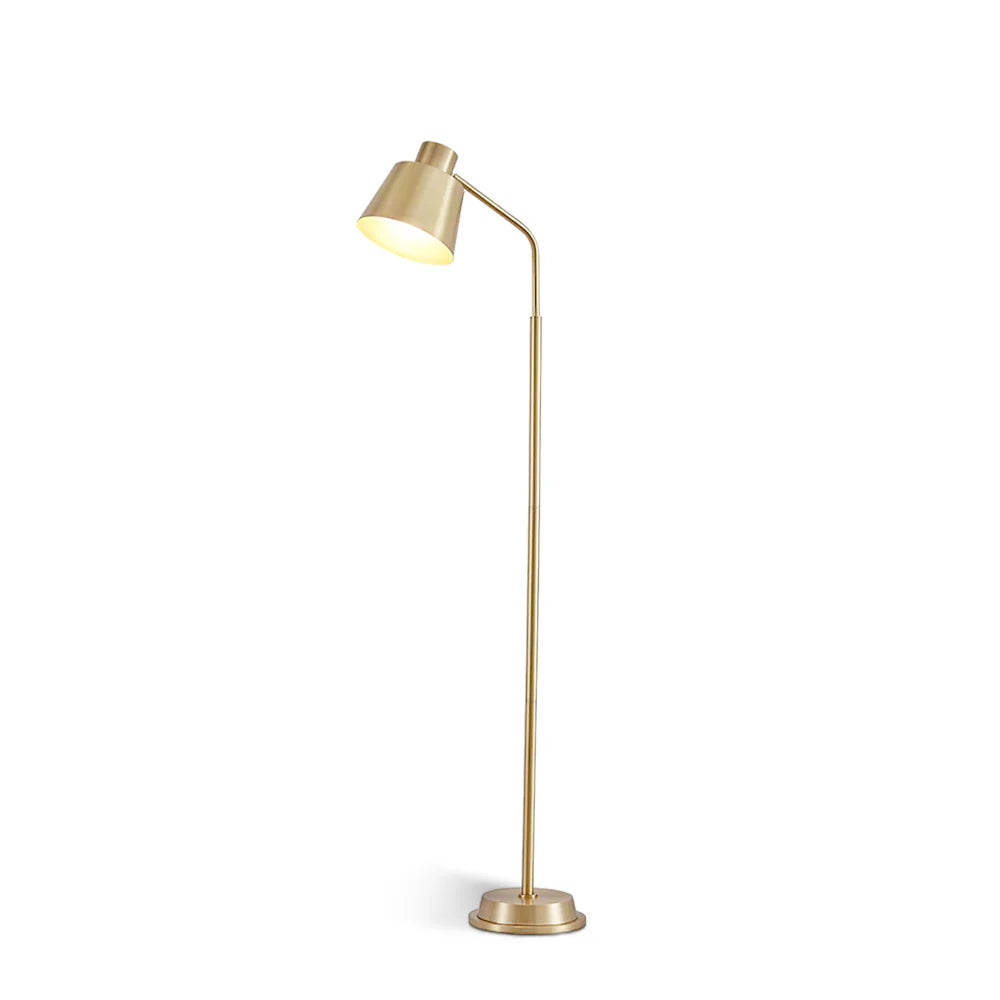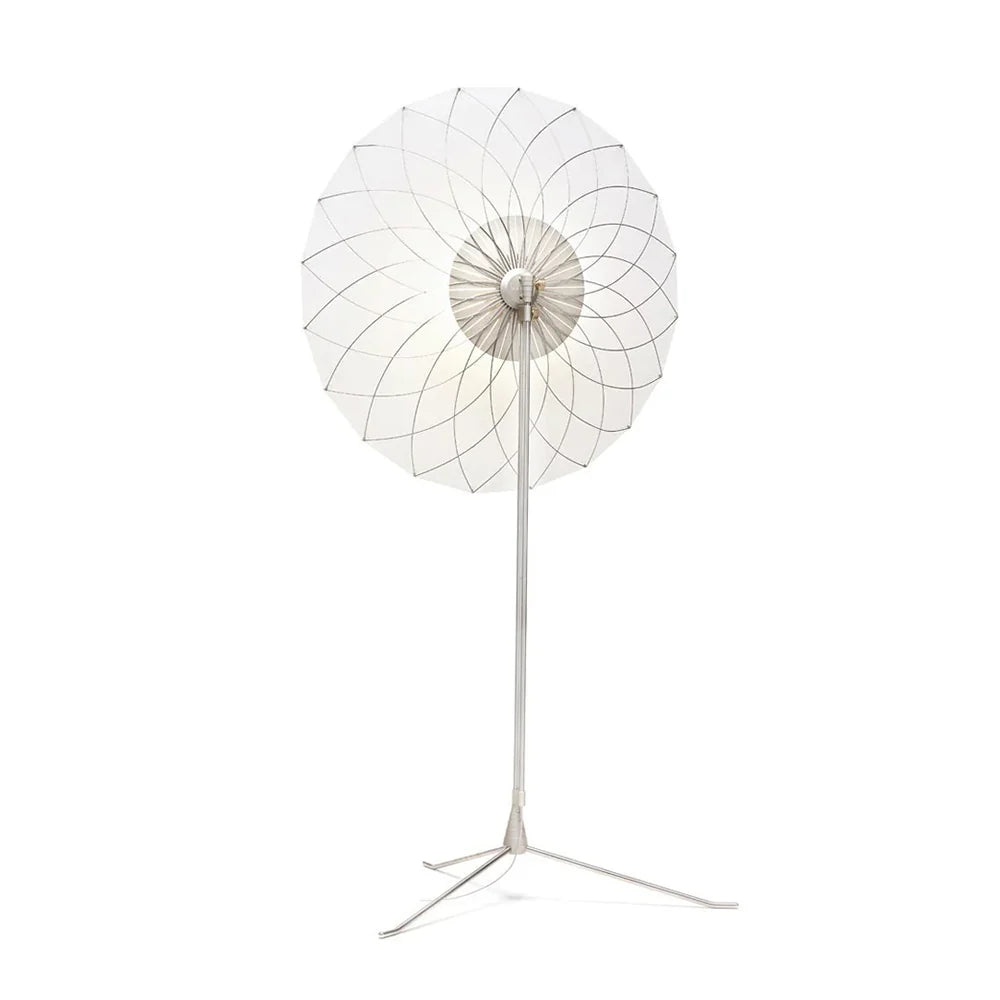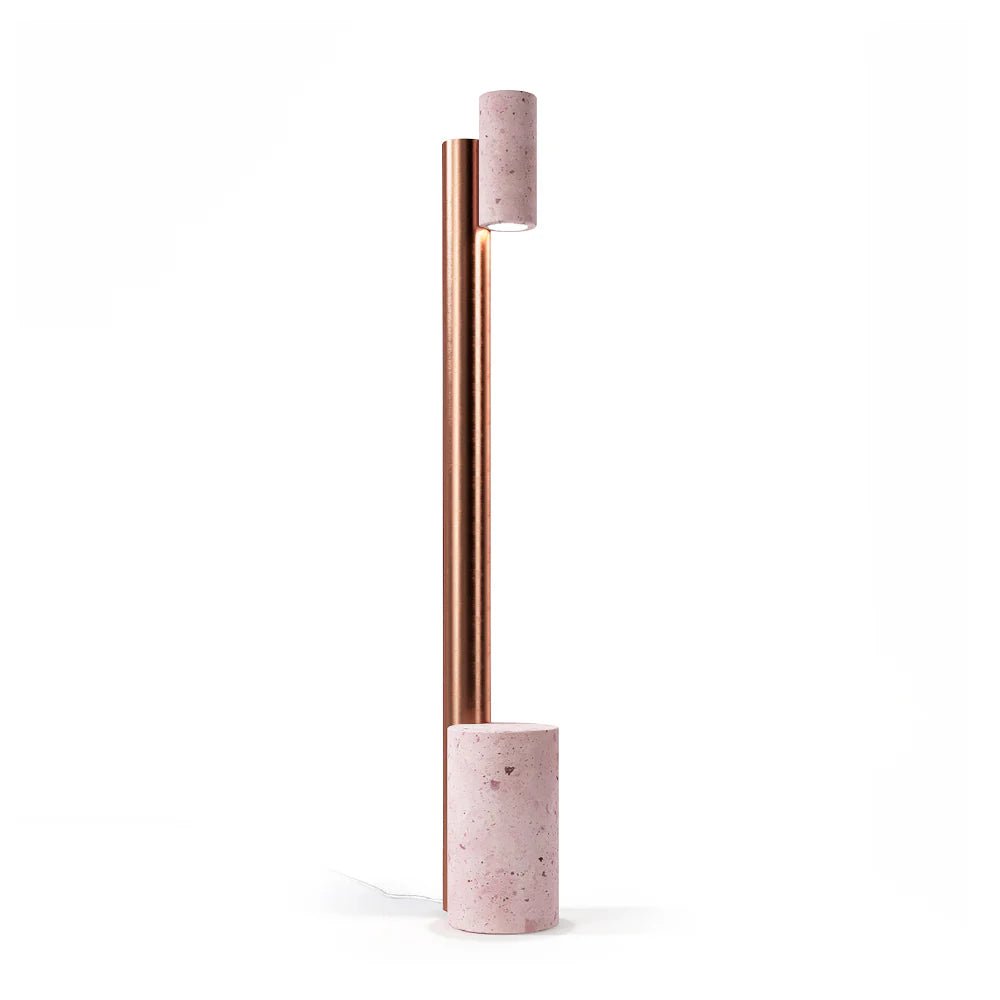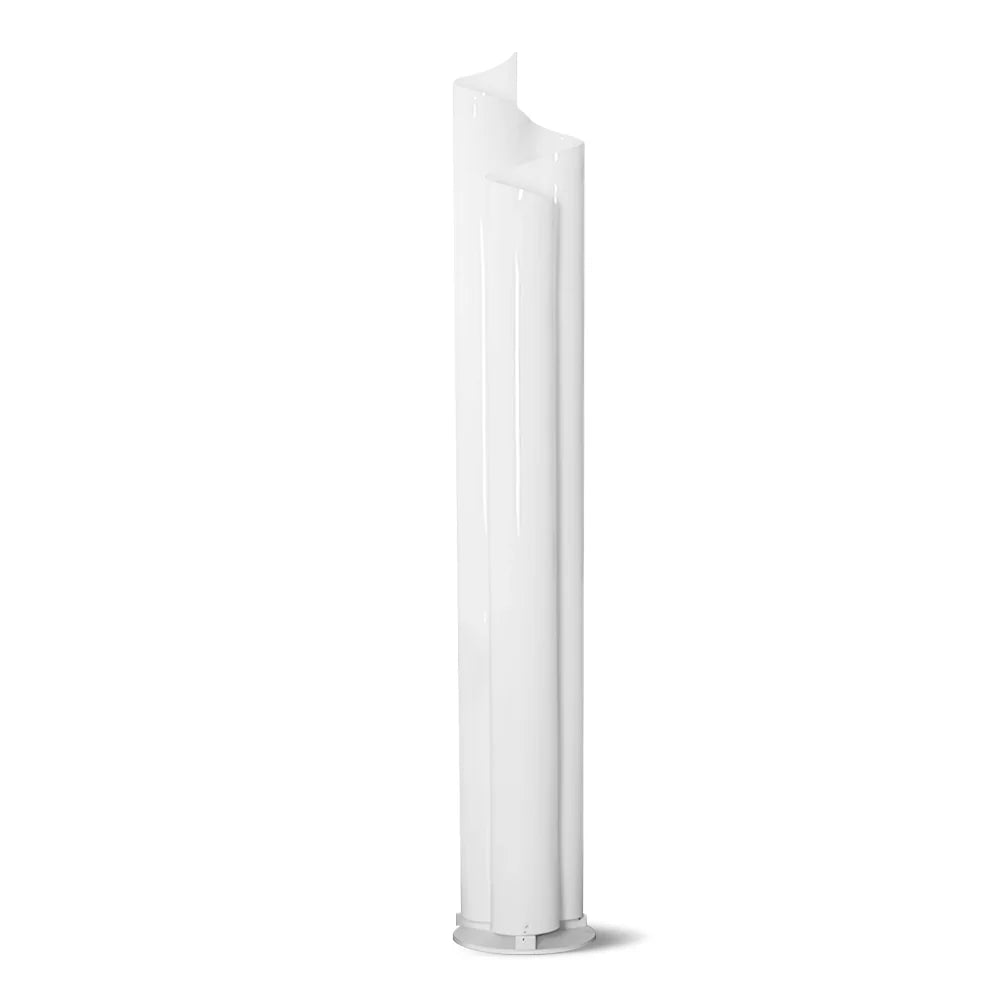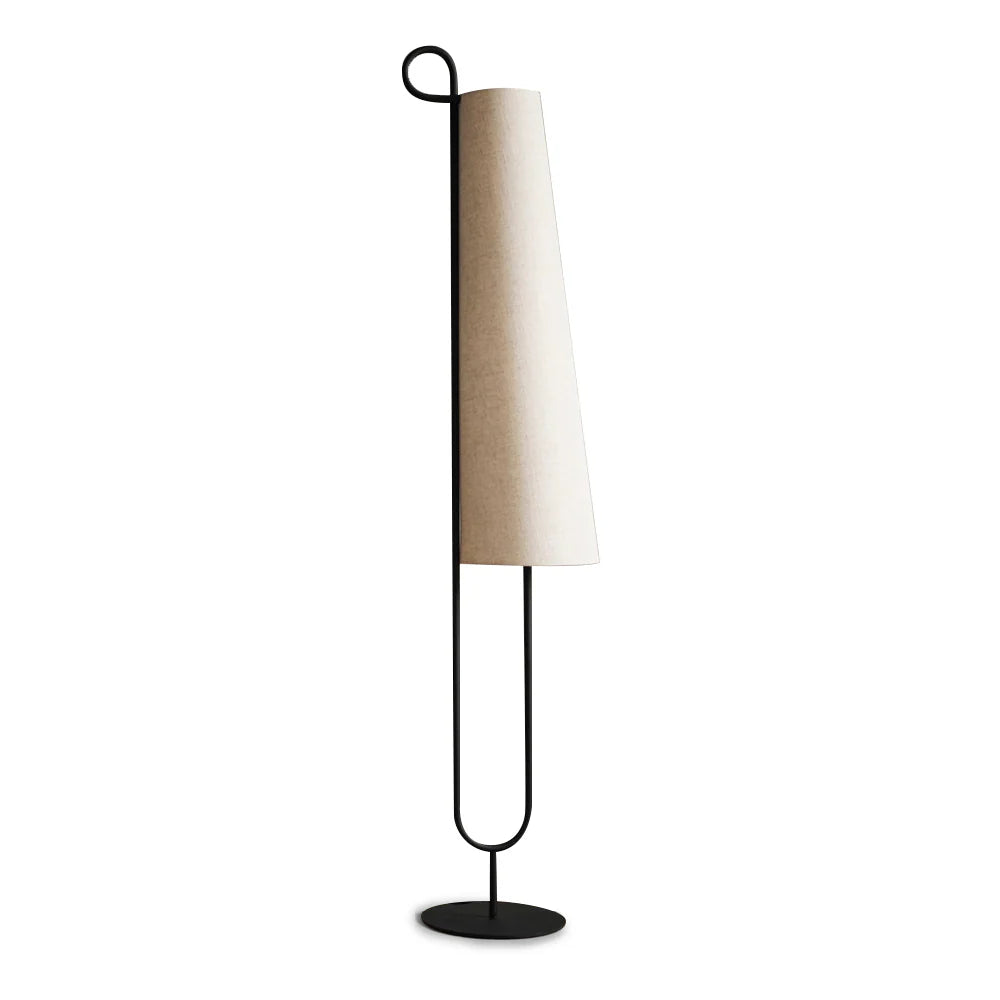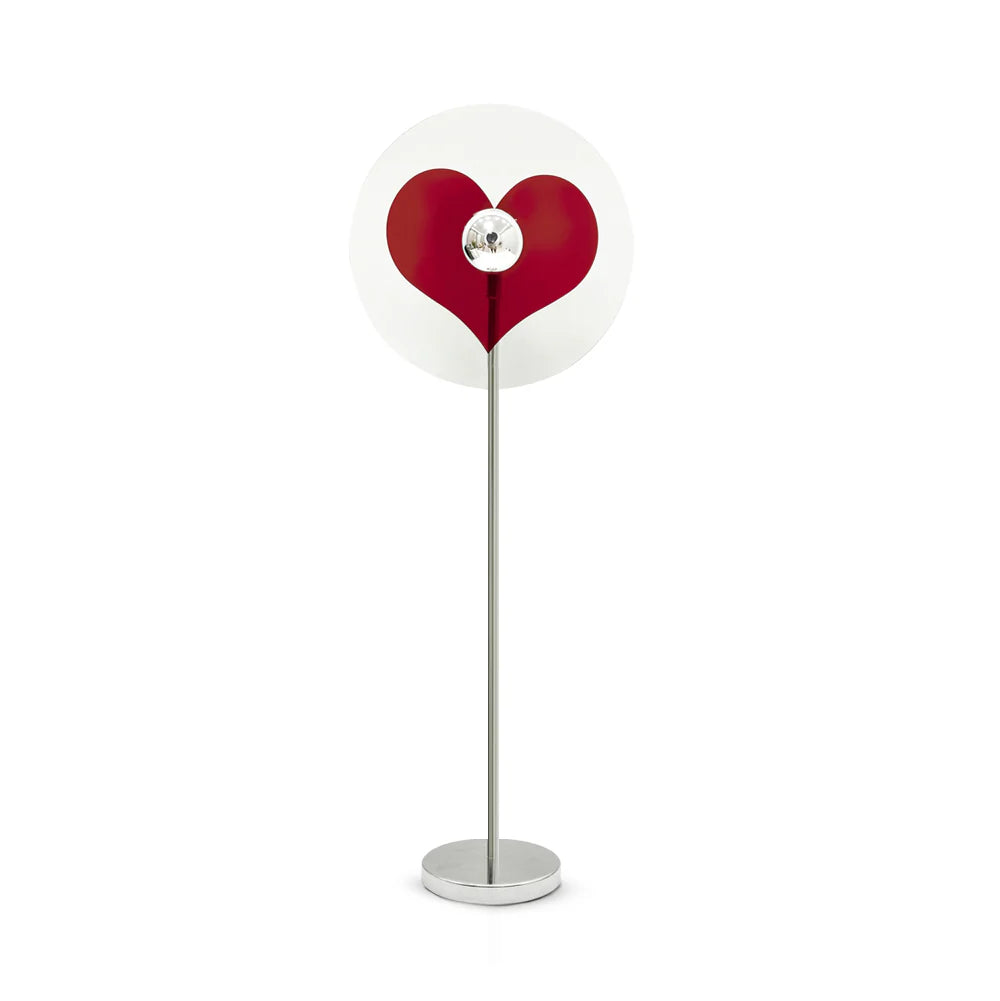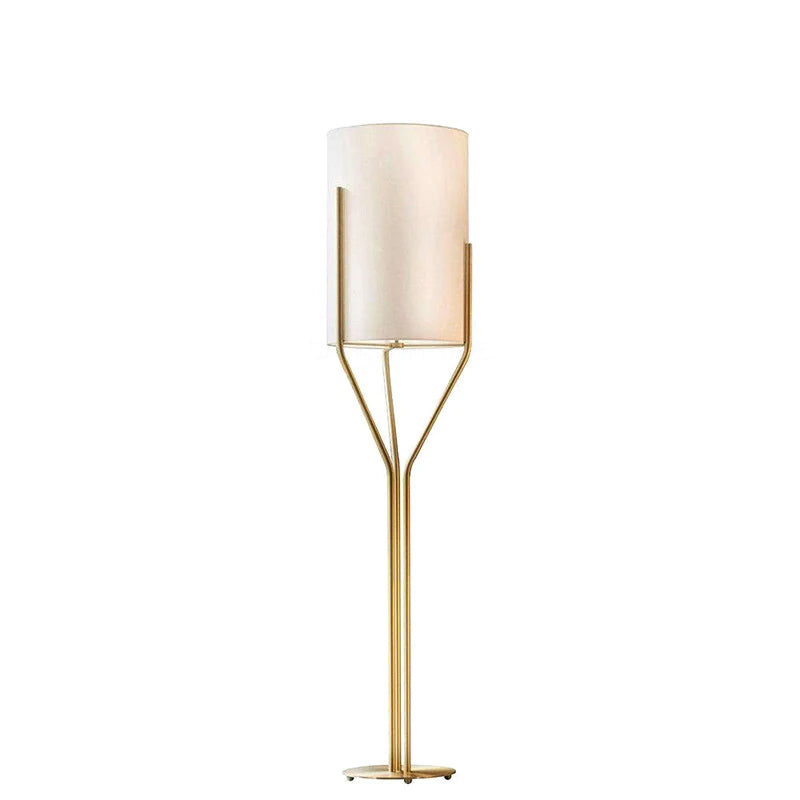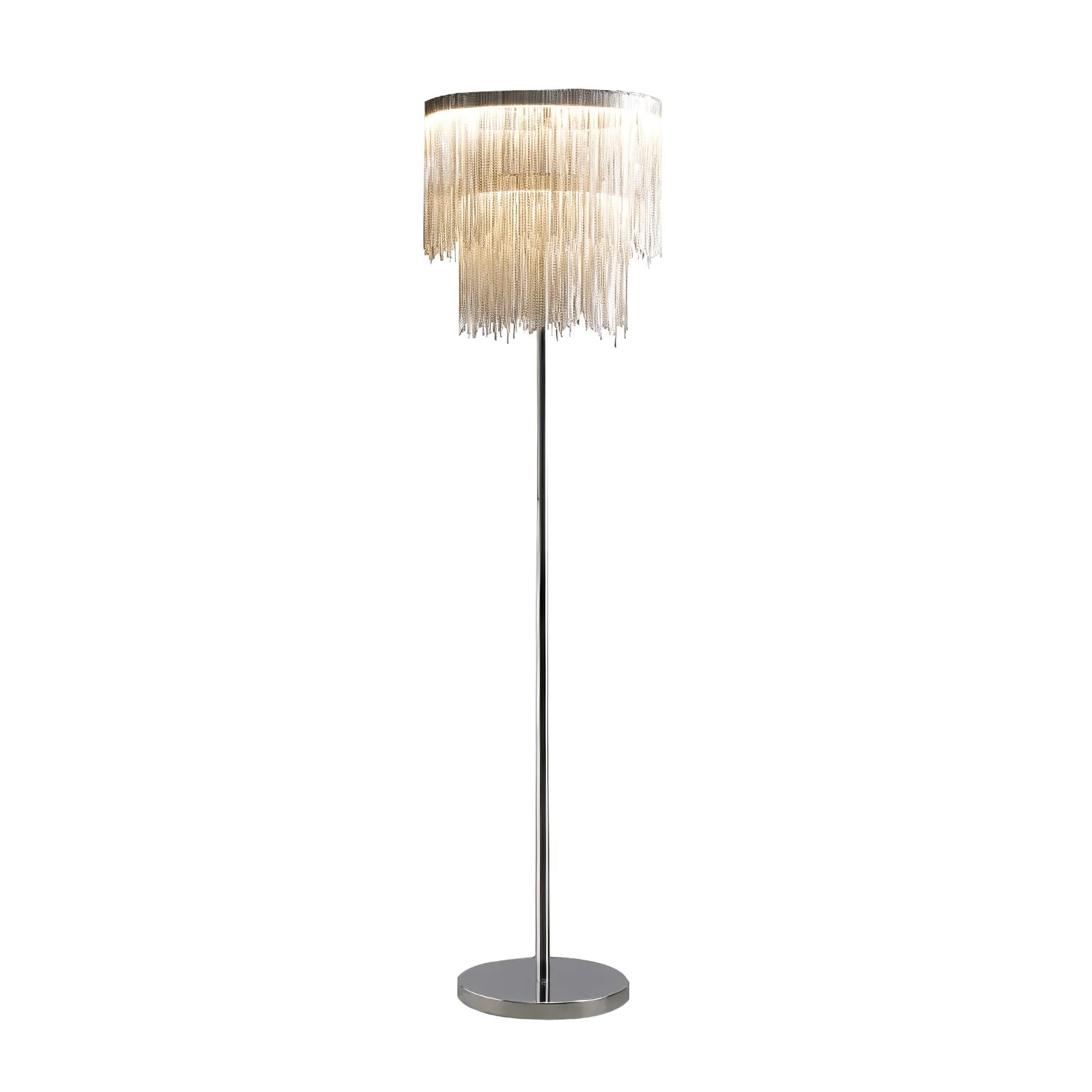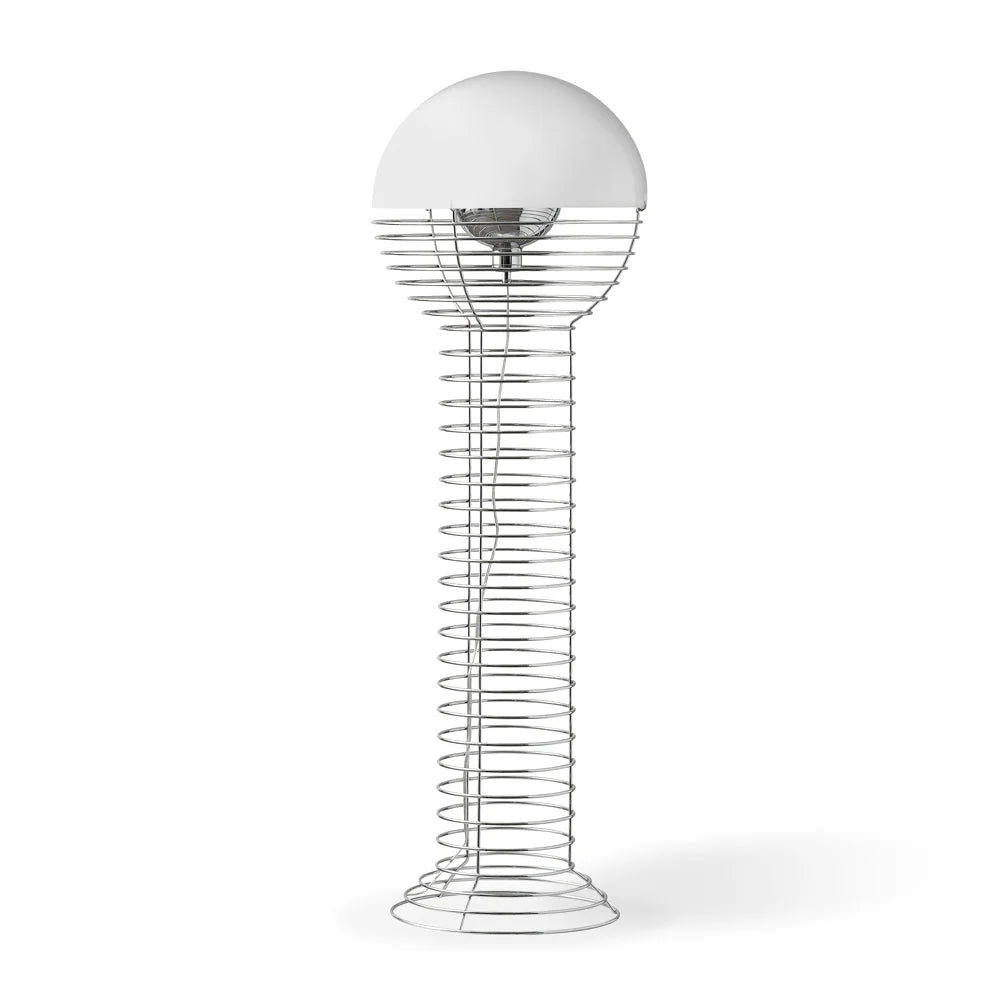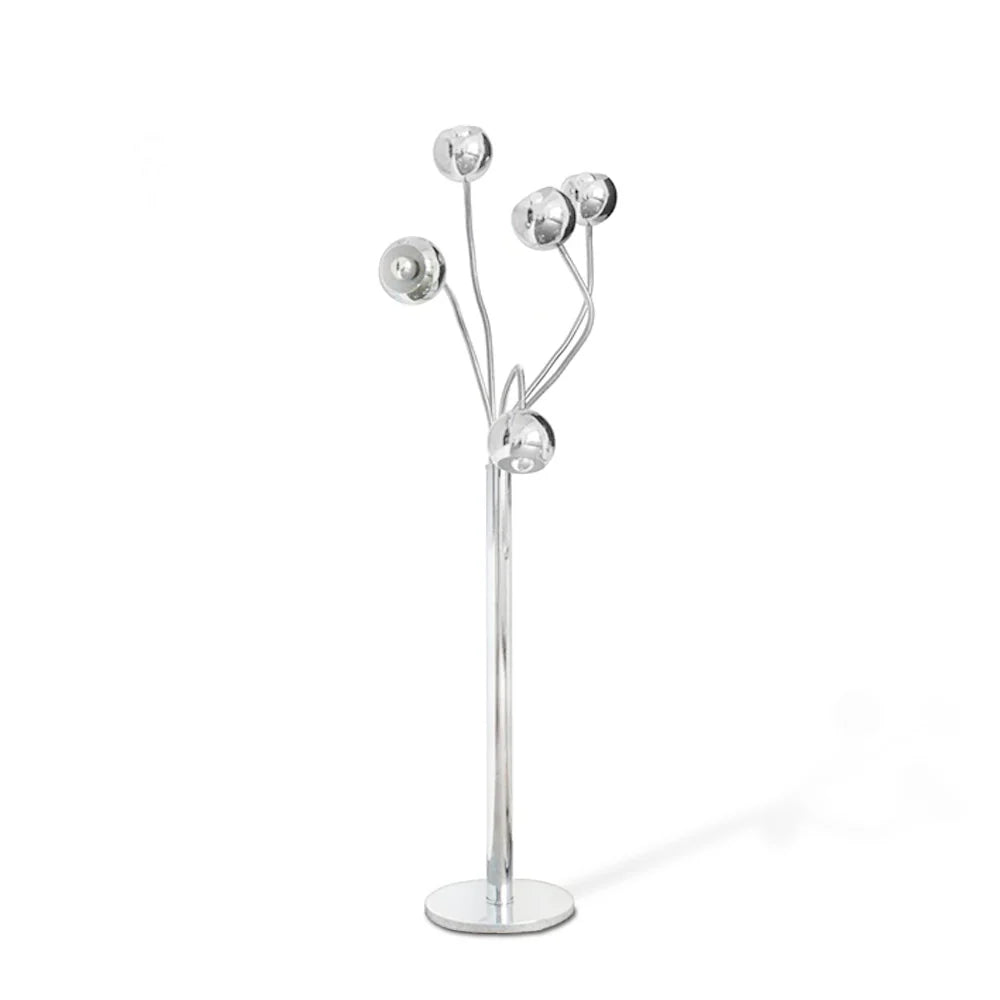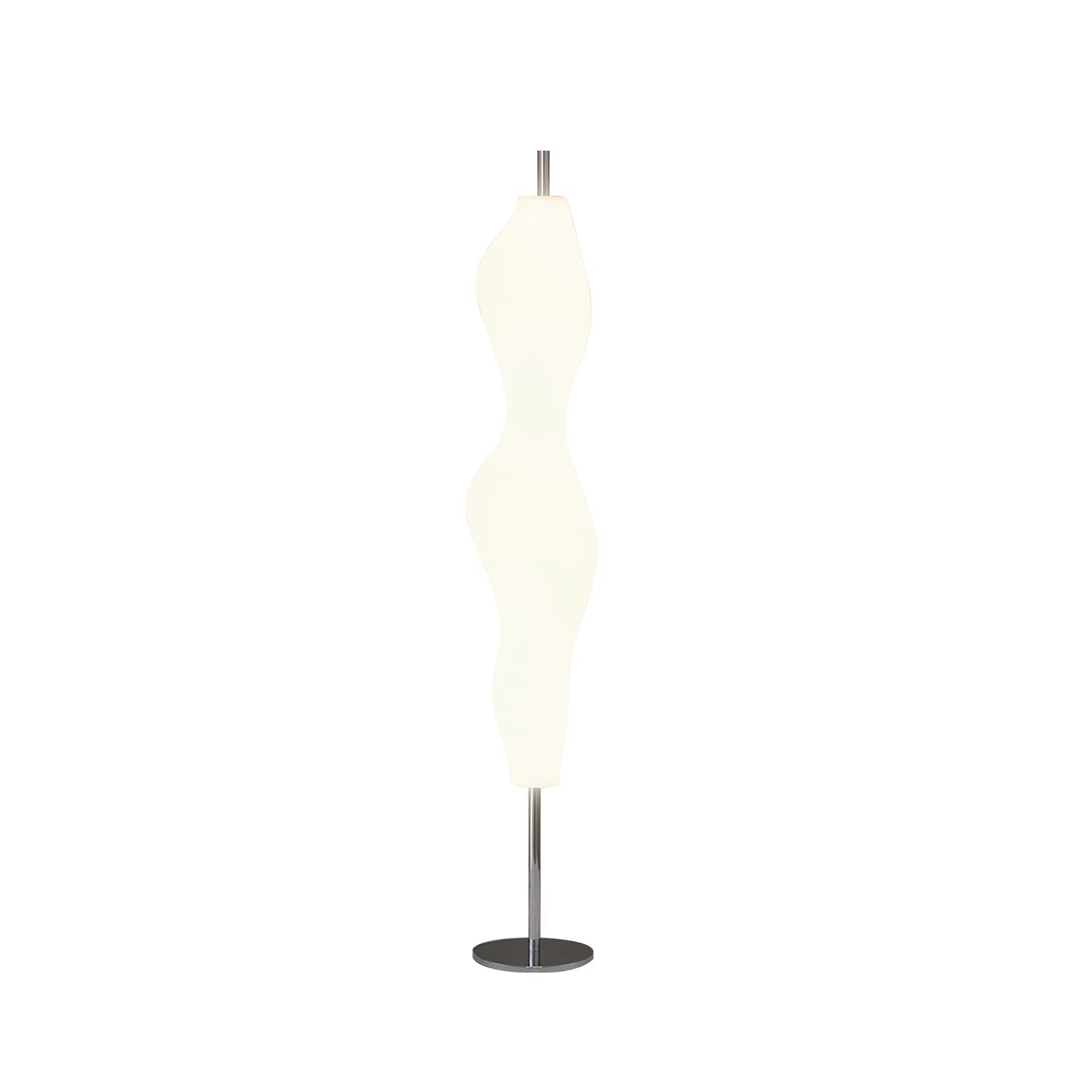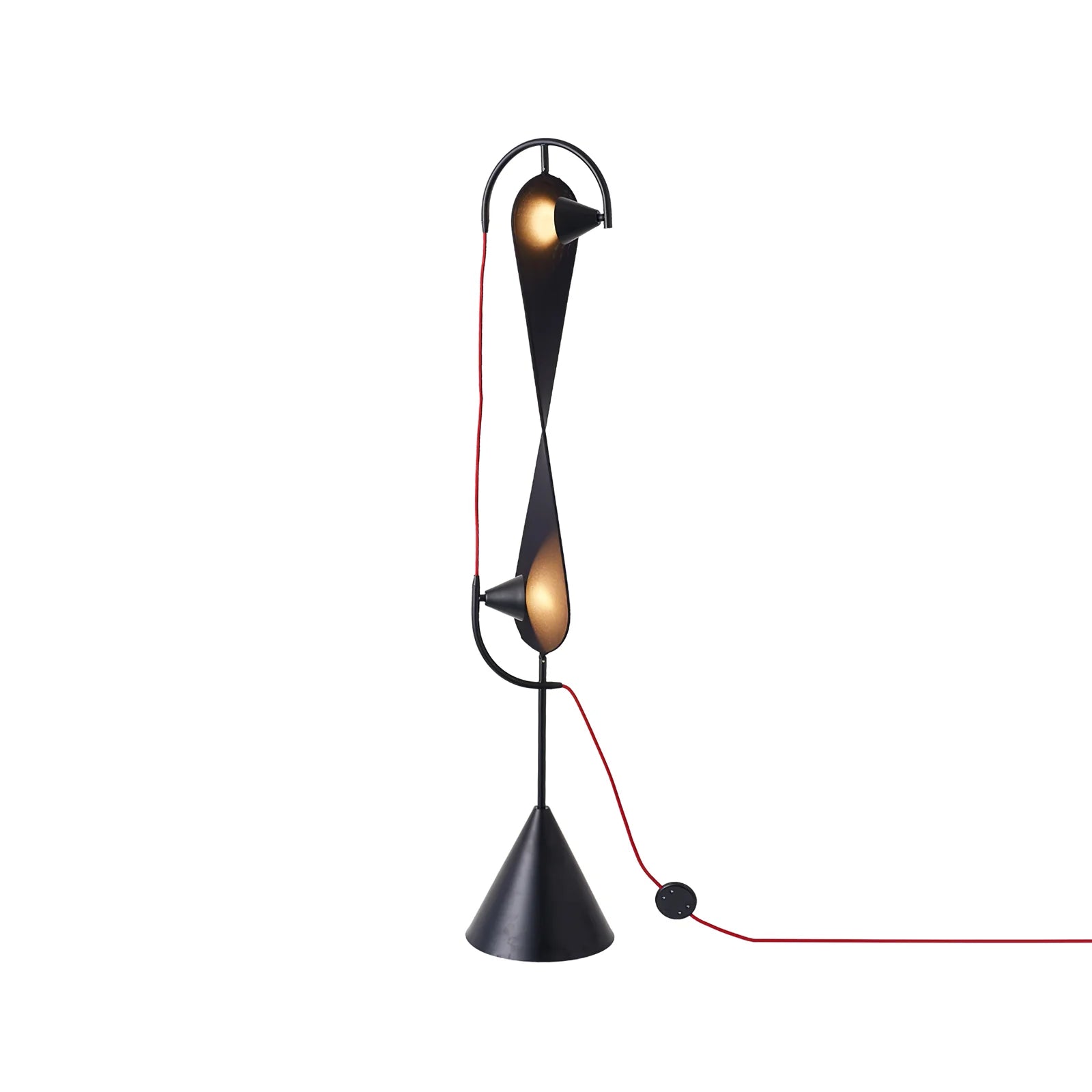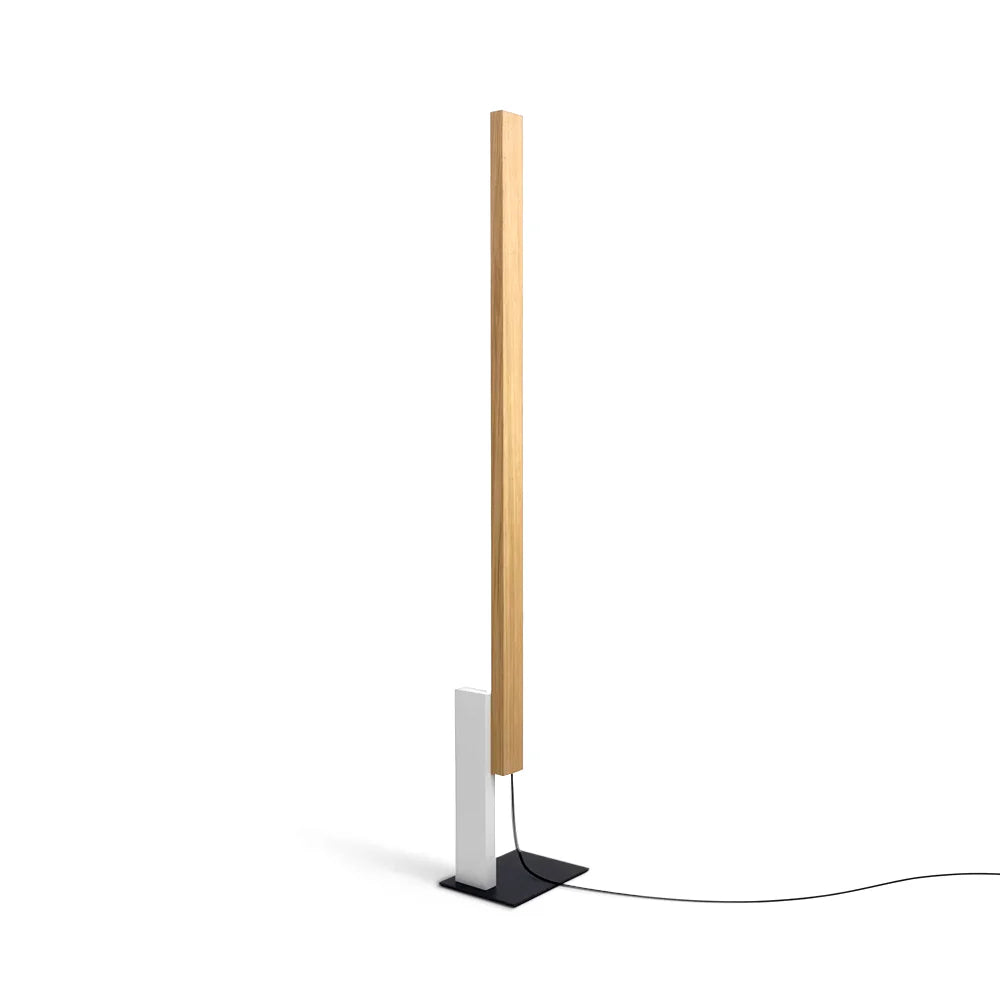
The Hardiest Plants for Time-Poor Gardeners and Tough Yards

For many gardening enthusiasts, maintaining a lush, thriving garden can feel like a full-time job. But what if your schedule or yard conditions just won’t allow it? The good news is that some plants are true champions of survival—they do all the hard work for you. Whether you’re battling total shade, scorching sun, drought, or poor soil, these resilient plants thrive with minimal care, making them perfect for anyone looking for beauty without the hassle.
Why Choose Hard-to-Kill Plants?
These plants are ideal for “time-poor” gardeners or those with problem yards because they require little watering, pruning, or fertilizing. They adapt well to challenging environments, resist pests, and recover quickly from neglect. While some plants can become invasive, careful selection and management ensure your garden stays beautiful and balanced.
Plant Suggestions
1. Snake Plant (Sansevieria trifasciata)
-
Why it fits: Snake plants tolerate extreme neglect. They thrive in low light or direct sun, need infrequent watering, and grow in poor soil. Their upright, architectural leaves add year-round interest and improve indoor air quality if grown inside.
-
Potential downside: They can grow aggressively in some climates, so keep an eye on their spread.

2. Sedum (Stonecrop)
-
Why it fits: Sedums are drought-tolerant succulents that flourish in poor, rocky soil and full sun. They require almost no water once established and are great for ground cover or rock gardens. Their small, star-shaped flowers attract pollinators, adding a splash of color with minimal effort.
-
Potential downside: In wetter climates, they may struggle, so ensure good drainage.

3. Ferns (Various species like the Boston Fern or Maidenhair Fern)
-
Why it fits: Many ferns thrive in deep shade and humid conditions where other plants might fail. They’re perfect for shady, moist areas and need minimal fertilizing. They bring lush greenery and texture to difficult garden spots.
-
Potential downside: Some ferns need consistent moisture and may brown if left too dry.

4. Lavender (Lavandula spp.)
-
Why it fits: Lavender loves full sun and well-drained soil and is incredibly drought-resistant once established. It repels pests and attracts beneficial pollinators like bees and butterflies. Its fragrant blooms and silvery foliage add charm and practicality.
-
Potential downside: Avoid overly wet soil, which can cause root rot.

Caution About Invasive Plants
While many resilient plants are fantastic for tough gardens, some can spread aggressively and outcompete native species. For example, certain types of bamboo or ivy, while low maintenance, can become invasive if not contained. Always check local guidelines and consider non-invasive alternatives to keep your garden eco-friendly.

Expert Box
Jane Doe is a horticulturist and garden designer specializing in sustainable, low-maintenance landscapes. With over 15 years of experience, Jane helps busy homeowners create thriving gardens that complement their lifestyles and environmental conditions.


